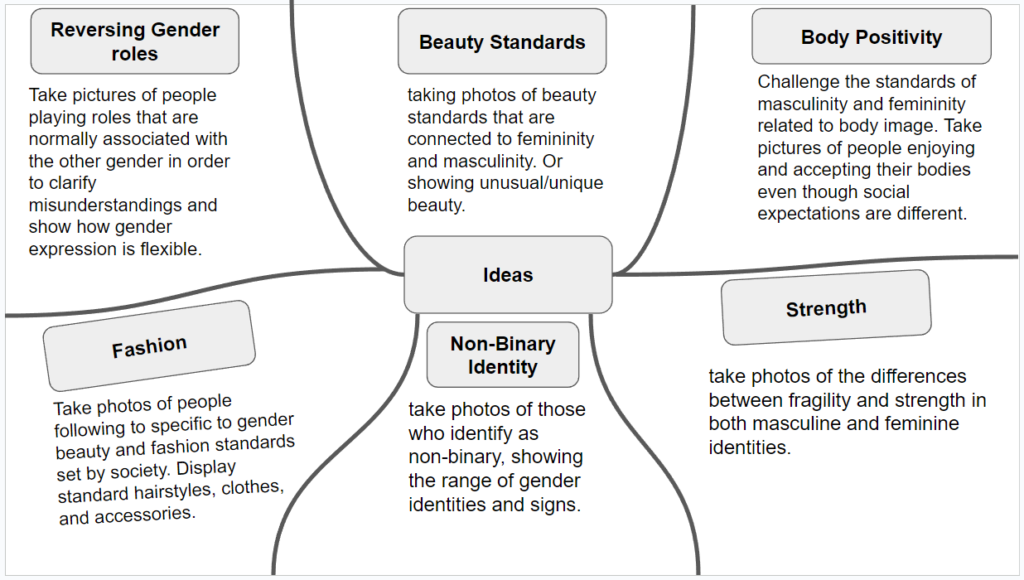
Femininity

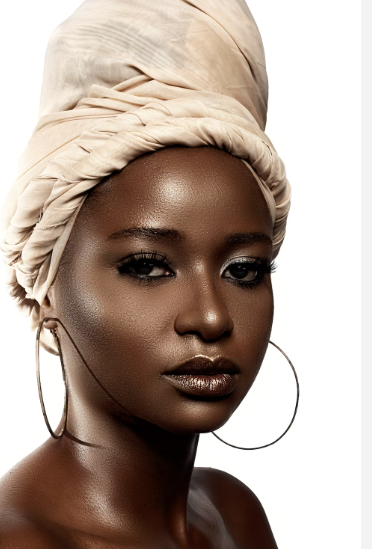
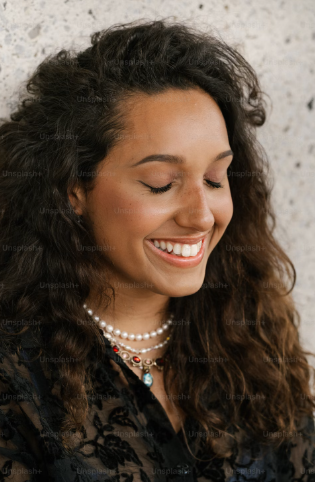


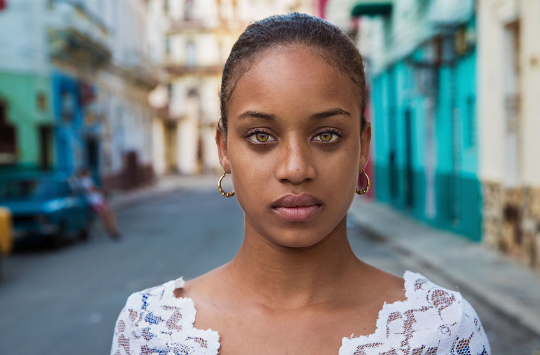
Masculinity
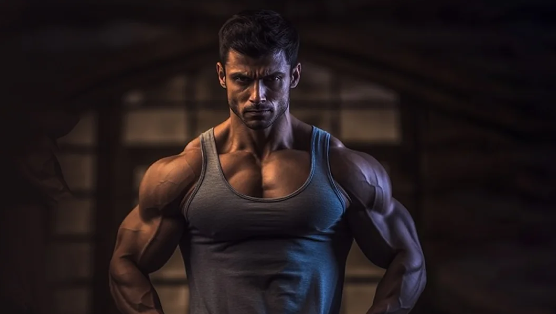
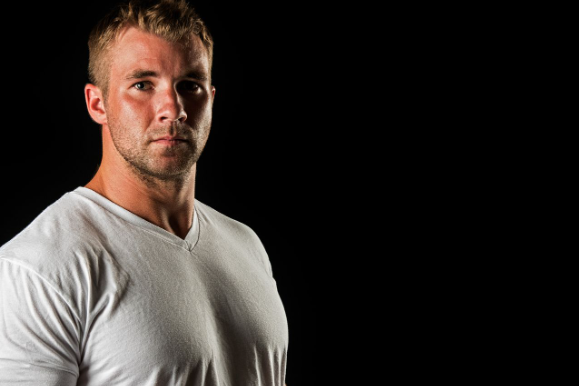



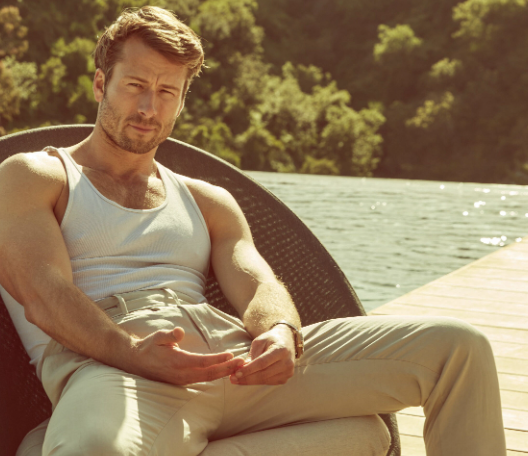



Femininity






Masculinity








Claude Cahun
Born: October 25, 1894, Nantes, France
Died: December 8, 1954, Saint Helier
Parents: Mary-Antoinette Courbebaisse
Period: Surrealism
Movies: Magic Mirror, Playing a Part: The Story of Claude Cahun
What pronouns did Claude Cahun use?
There are convincing arguments to be made for both she/her/hers and they/them/theirs; she/her/hers because that is what was used for Cahun when they were alive and used themself; they/them/theirs because of their oft-discussed detachment from being a woman or a man.
What happened to Claude Cahun?
In 1944, Cahun and Moore were arrested and sentenced to death, but the sentence was never carried out, as the island was liberated from German occupation in 1945. However, Cahun’s health never recovered from her treatment in jail, and she died in 1954. Cahun is buried in St Brelade’s Church with partner Moore.
Why is Claude Cahun important?
Claude Cahun was a surrealist, photographer, sculptor, and activist. She is best known for her gender-fluidity in art, and her anti-Nazi resistance. Claude Cahun is not the most well-known name among surrealist artists. This is remarkable because her non-binary perspective gives an original take on surrealism.
Claude Cahun, born Lucy Schwob was a French photographer, sculptor, and writer. She is best known for her self-portraits in which she assumes a variety of personas, including dandy, weight lifter, aviator, and doll.
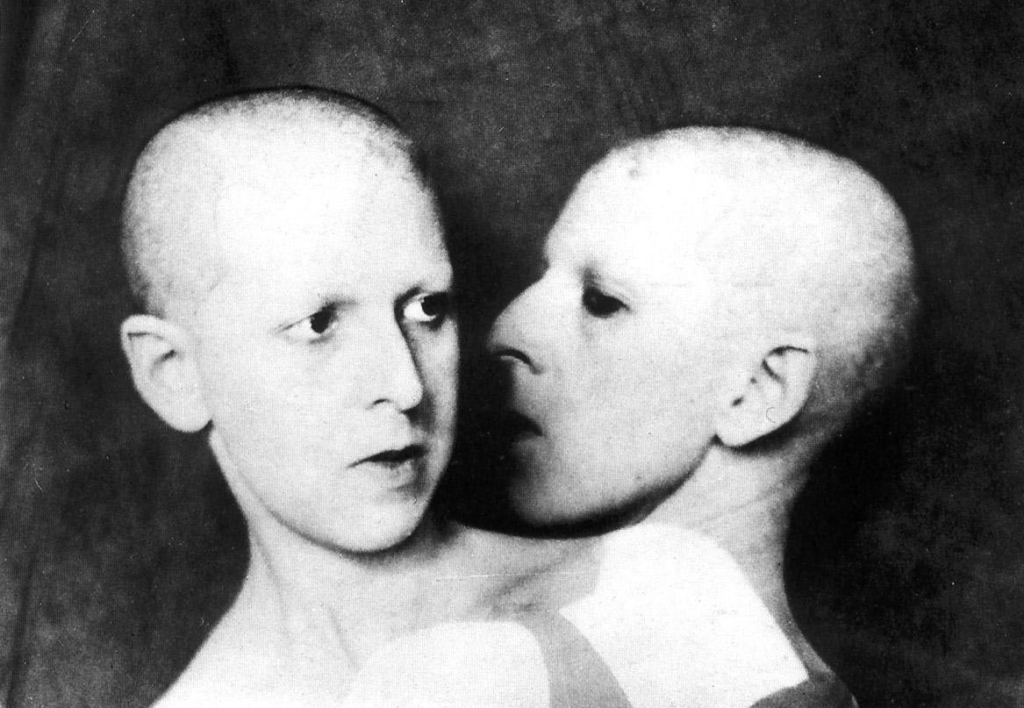
In this image, Cahun has shaved her head and is dressed in men’s clothing. She once explained: “Under this mask, another mask; I will never finish removing all these faces.”1 (Claude Cahun, Disavowals, London 2007, p.183)
Evaluation
Claude Cahun was an inspirational photographer, she paved the way for many other female photographers with her rebellious view on life, her not caring what other people say or think allowed for more people to do the same. Cahun is best known for her gender-fluidity with her art, breaking the barriers of normal standards, she was arrested and sentenced to death which was never carried out, this proved how much she genuinely did not care, and proved how no one could ever catch her. She broke out of social norms and didn’t let anyone control her and put her in a box. This was revolutionary, her photos caused so much emotion in people, whether is was anger or sheer confidence for them to break out of their own box
Cindy Sherman
For four decades, Cindy Sherman has probed the construction of identity, playing with the visual and cultural codes of art, celebrity, gender, and photography. Sherman was always interested in experimenting with different identities. As she has explained, “I wish I could treat every day as Halloween, and get dressed up and go out into the world as some eccentric character.”1 Shortly after moving to New York, she produced her Untitled Film Stills (1977–80), in which she put on guises and photographed herself in various settings with deliberately selected props to create scenes that resemble those from mid-20th-century B movies. Started when she was only 23, these images rely on female characters (and caricatures) such as the jaded seductress, the unhappy housewife, the jilted lover, and the vulnerable naif.
What is Cindy Sherman’s message?
In these series and throughout all of her work, Sherman subverts the visual shorthand we use to classify the world around us, drawing attention to the artificiality and ambiguity of these stereotypes and undermining their reliability for understanding a much more complicated reality.
What art movement was Cindy Sherman part of?
Cindy Sherman is a contemporary master of socially critical photography. She is a key figure of the “Pictures Generation,” a loose circle of American artists who came to artistic maturity and critical recognition during the early 1980s, a period notable for the rapid and widespread proliferation of mass media imagery.
What are some fun facts about Cindy Sherman?
She is a founding member of the Guerilla Girls, an all-female activist group that works to promote gender and racial equality in the art world. In 2011, Sherman’s photograph “Untitled #96” sold for $3.89 million at a Christie’s auction, making it the most expensive photograph ever sold by a living artist at the time.
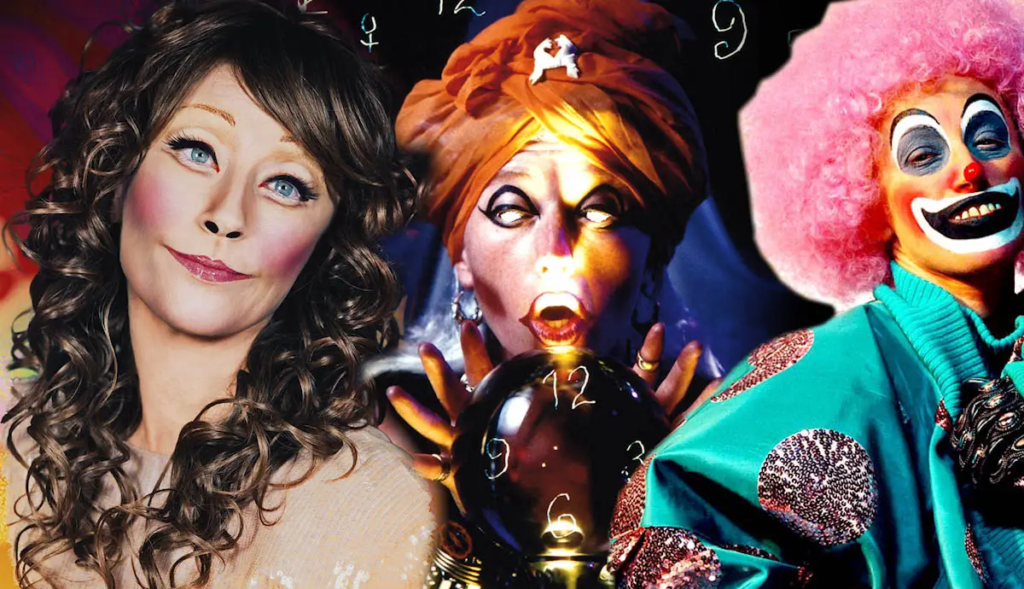
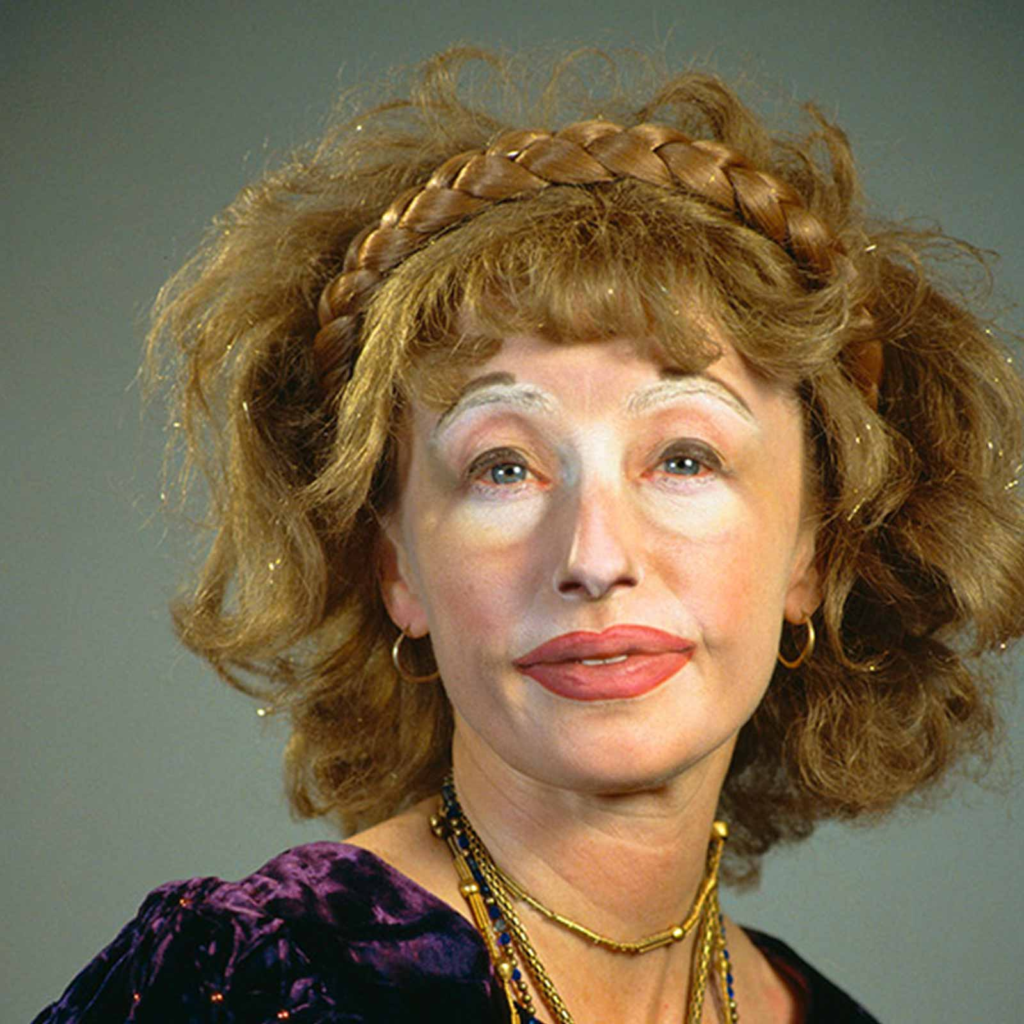
Evaluation
Cindy Sherman took photographs of ‘gender normals’, she didn’t let peoples talk shut her down and she continued to dramatize the ideas that people had about women, showing the sheer stupidity of these ideas. Many people thought she was just a dramatic woman but she made many other women proud and continues to do so, she is a master of socially critical photography, within a period of mass media, when all eyes would have been on her she still had the confidence to portray what she thinks which allowed many other women to relate to her. She did not want women to be undermined anymore.
Comparison
Claude Cahun and Cindy Sherman’s photography relates in many ways, Cindy Sherman paved the way for Claude Cahun, they both broke out of the box and wouldn’t allow anyone to undermine them anymore, they were both extremely rebellious with their photography and didn’t let anyone or anything in the world shut them down from doing what they need to do. Cindy Sherman’s photography mainly focuses on the stereotypes of women and how idiotic they are whereas Claude Cahuns photography based on making woman not look ‘feminine’ anymore, showing how feminity isn’t just defined by a bit of makeup, hair and a dress, but it is instead a place of being, a mindset rather than something you are born into. I have chose these two inspiration photographers as my artist evaluation and reference due to their impact on the world of women and feminity.
Mood Board:

“One of the most curious spirits of our time”

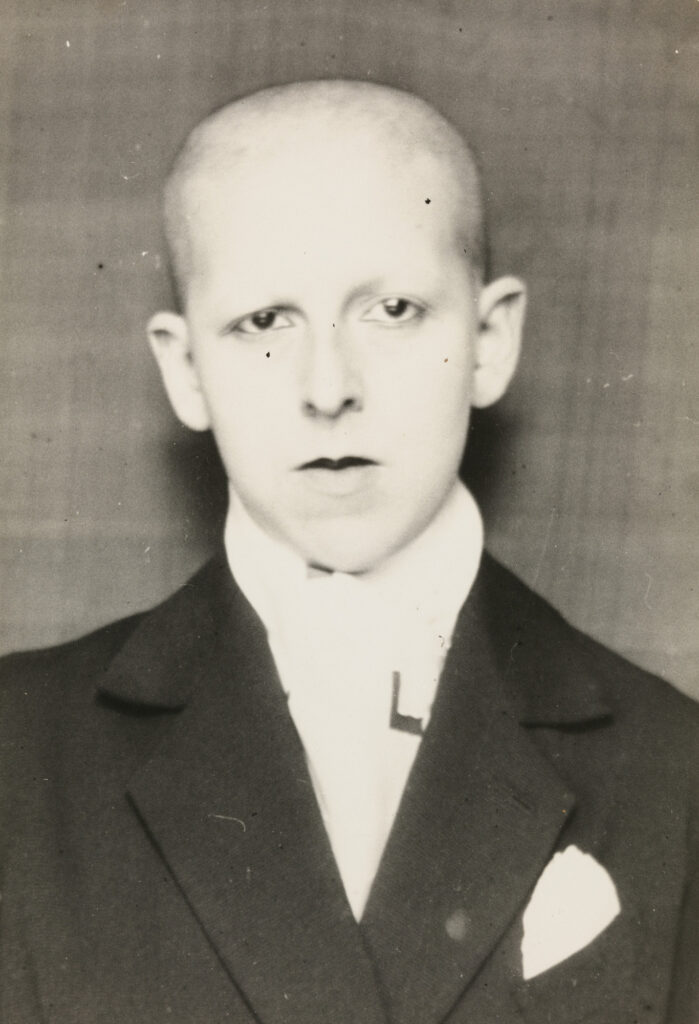

Claude Cahun was a French surrealist photographer, sculptor and writer, born on October 25th 1894. After studying at the University of Paris, Cahun settled in Montparnasse in the early 1920s and began her artistic career. It was in Paris that Cahun adopted the name Claude in 1914, as she was originally born as Lucy Renee Mathilde Schwob but began to explore the idea of being gender neutral. They chose this new name because in French is both a male and female name. While Cahun was alive, it is argued that the pronouns used were either she/her or they/them because that is what was used when they were alive and used themselves; they/them because of their often-discussed detachment from being a woman or a man.
Cahun is best known as a writer and self-portraitist, who assumed a variety of performative persona. Moving to Jersey in 1937 with her stepsister and lover, Marcel Moore, she resisted the occupation taking place on our island. During their lives together in Jersey, the women decided to mount an underground resistance campaign following the Nazi’s occupation of the Island in June 1940. The two campaigned against them, provoking them in a risky manner for four years until 1944 when the Gestapo investigated them. Narrowly avoiding a death sentence, the two were freed from prison on the 9th of May 1945 following Jersey’s Liberation. Remaining on the island until 1953, Cahun suffered from ill health which unfortunately resulted her passing in hospital on the 8th of December. After this, Moore continued to live on in Jersey for many more years until sadly ending her own life.
Her life was a representation of resistance, defying the conventional ideas of beauty and femininity with her shaved head and male attire, challenging them. This was almost revolutionary in the 1930’s, being in a same-sex relationship and exploring her identity in a difficult time period of traditional values. Whilst Cahun was alive, they produced many pieces of work which The Jersey Heritage Trust collection represents. Their work challenged the politics of gender and identity, alongside the work of many male Surrealists who depicted women as objects of male desire. They used domestic settings such as a cupboard at home and introduced something interesting and new to this environment, exploring gender fluidity.
Image analysis:
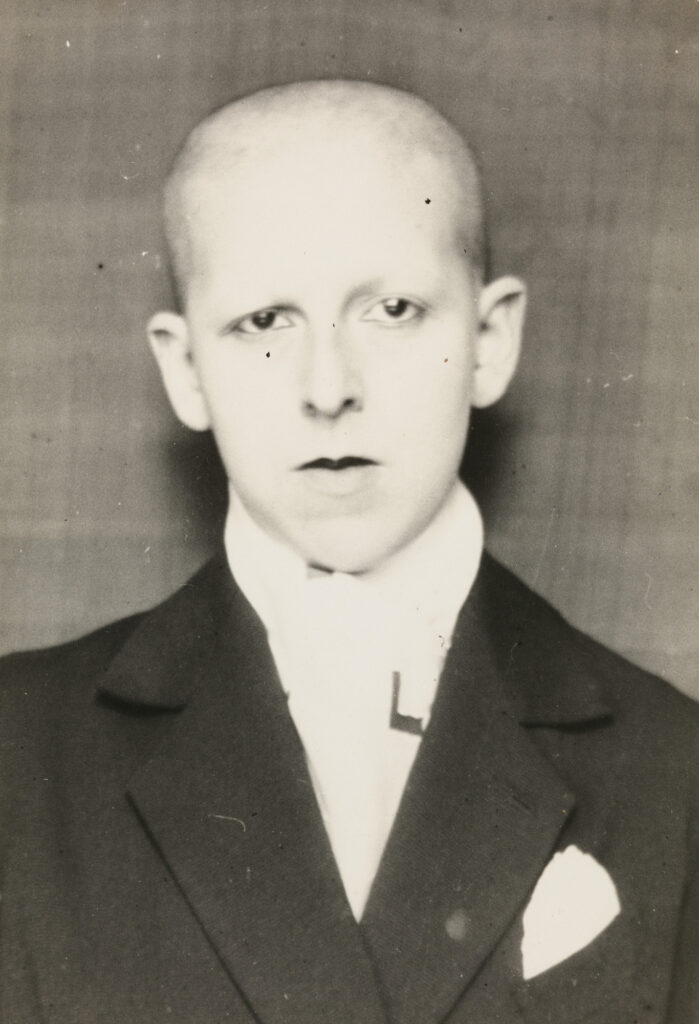
For example, in this image Claude Cahun is representing the masculine stereotype, which I can see from their shaved head and dressed in a suit, giving the image a monotone look. This contrasts well from some of their other photographs because they have also been seen wearing makeup, portraying a more feminine side. I believe Cahun’s work is important in todays society because it breaks down the idea that females must be feminine or males should be masculine. Being a vision of gender fluidity and breaking down the gender roles that were traditionally assigned.

DEFINITION AND UNDERSTANDING
Identity politics is politics based on a particular identity, such as race, nationality, religion, gender, sexual orientation, social background, caste, social class or other identifying factor form exclusive socio-political alliances, moving away from broad-based, coalitional politics to support and follow political movements that share a particular identifying quality with them. Its aim is to support and centre the concerns, agendas, and projects of particular groups, in accord with specific social and political changes.
CULTURE WARS are cultural conflicts between social groups and the struggle for dominance of their values, beliefs, and practices. It commonly refers to topics on which there is general societal disagreement and polarization in societal values is seen.
The term is commonly used to describe contemporary politics in western democracies with issues such as abortion, homosexuality, transgender rights, pornography, multiculturalism, racial viewpoints and other cultural conflicts based on values, morality, and lifestyle being described as the major political cleavage
This can be conceptualised being about the presentation and representation of identities. This is founded in the shared experiences of injustice of members of certain social groups, typically aiming for political freedom (at times wishing minority groups) within a society where they are not able to exist freely, attempting to make others understand what it is like for them in a day-to-day life.
The second half of the twentieth century saw the emergence of large-scale political movements—second wave feminism, Black Civil Rights in the U.S., gay and lesbian liberation, and the American Indian movements. Identity politics is greatly connected to the idea that some social groups are oppressed which can lead to stereotyping, violence, appropriation of identities or even erasure of them. The term was coined by the Combahee River Collective in 1977 and gained use in the 1980s, gaining currency with the emergence of social activism, manifesting in various dialogues within the feminist, American civil rights, and LGBT movements, disabled groups, as well as multiple nationalist and postcolonial organizations, for example: Black Lives Matter movement.


For example, in more recent years, the Black Lives Matter movement gained immense news coverage of people of all identity speaking up on the injustice that this group of people face within a society.
Black Lives Matter started in 2013 as a messaging campaign. In response to the 2012 acquittal of George Zimmerman for shooting and killing Black teenager Trayvon Martin, three activists – Opal Tometi, Alicia Garza and Patrisse Cullors – protested the verdict on social media, along with many others. Cullors came up with the hashtag #BlackLivesMatter, which gained widespread use on social media and in street protests.
Over the next several years – as Black Lives Matter flags, hashtags and signs became common features of local, national and even international protests in support of Black lives – this messaging campaign became a decentralized social movement to demand accountability for police killings and other brutality against Black people.
It became nationally recognised for street demonstrations following the 2014 deaths of two more African Americans, Michael Brown and Eric Garner, being only some of the protested names of people who died at the hands of racial violence by the police. In the summer of 2015, Black Lives Matter activists became involved in the 2016 US election.
Women also wear red lipstick to symbolize the women’s right movement. Red lip colour gained popularity internationally as women’s rights movements spread worldwide. As red lipstick symbolized American suffrage, its sway travelled across the pond and then some. British suffragette leader Emmeline Pankhurst donned a red lip, which helped spread the symbolic action among her fellow activists. Red lips can also be viewed as sensual and devious. Pin-up models in the early 1900s often wore red lipstick, and this look became synonymous with femininity and sexiness, allowing women to feel comfortable in their sexuality. women’s rights movement, diverse social movement, largely based in the United States, that in the 1960s and ’70s sought equal rights and opportunities and greater personal freedom for women. It coincided with and is recognized as part of the “second wave” of feminism. Feminist movement in Western society. Feminism in the United States, Canada, and a number of countries in Western Europe has been divided by scholars into three waves: first, second and third-wave feminism. Recent (early 2010s) research suggests there may be a fourth wave characterized, in part, by new media platforms. Women often feel misogyny and feel as if they cannot take part in a job they like as it is seen to be ‘masculine’ still in the 21st century. However, there is beginning to see a difference.
Femininity Mood board




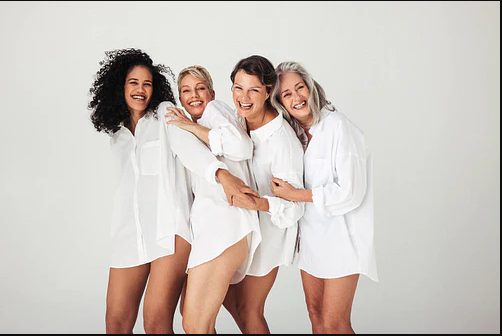
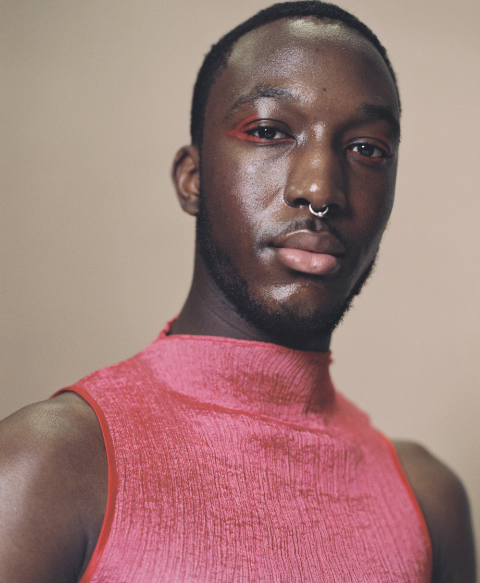

Masculinity Mood board


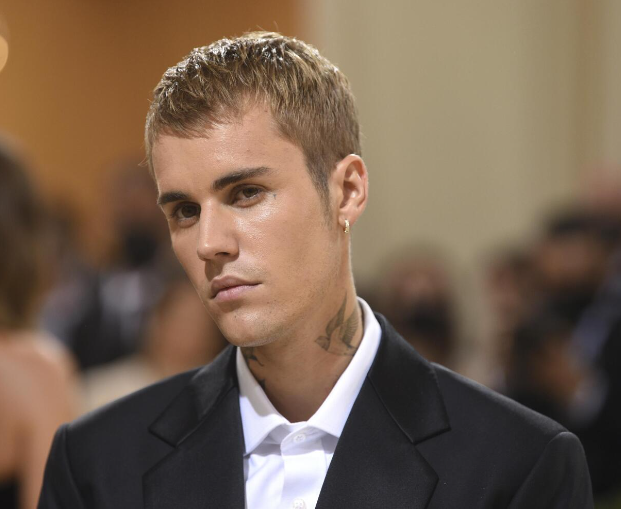
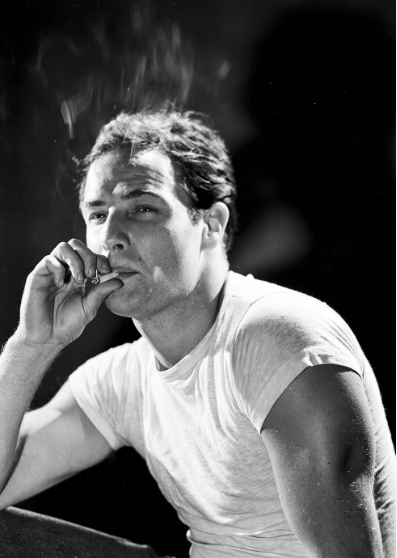
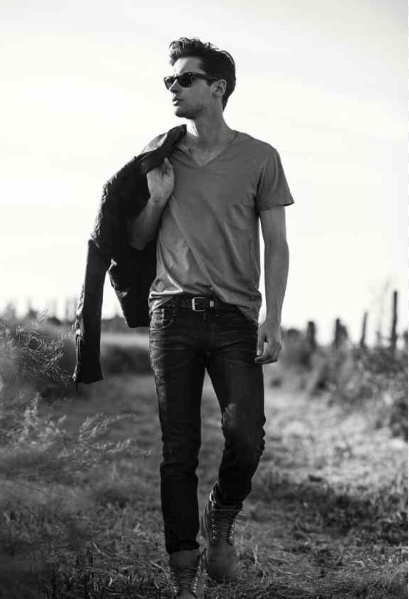


Mood Board: Femininity


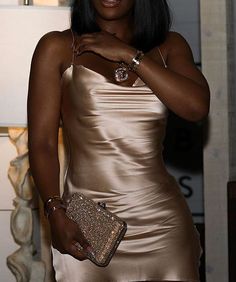

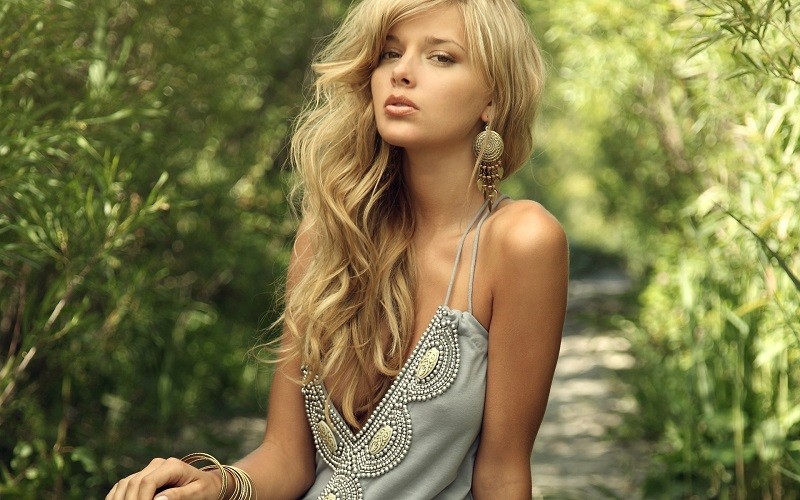

Mood Board: Masculinity
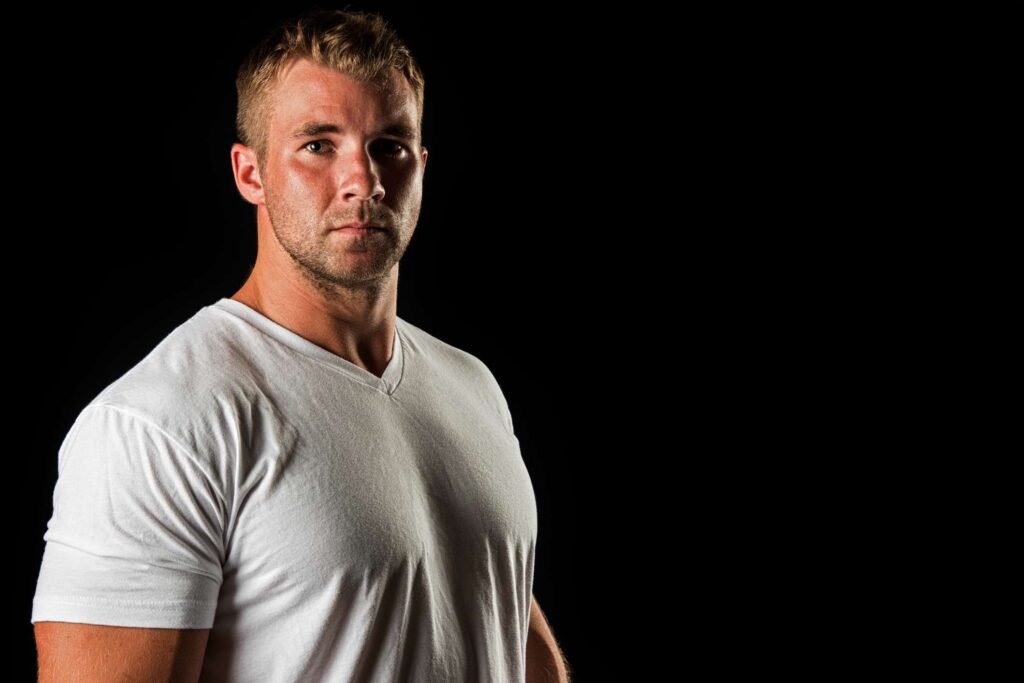

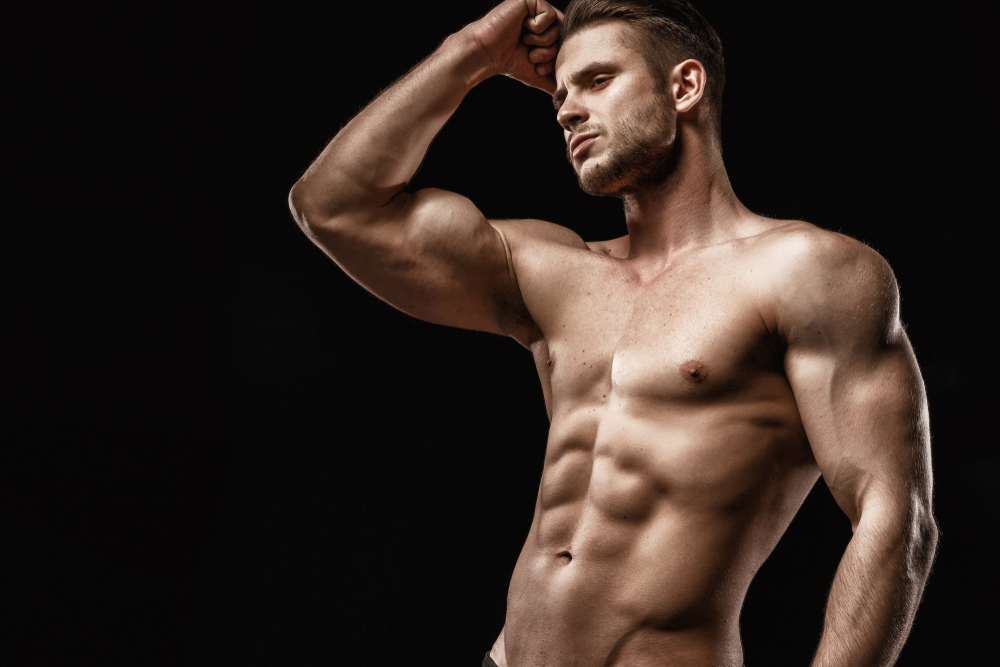
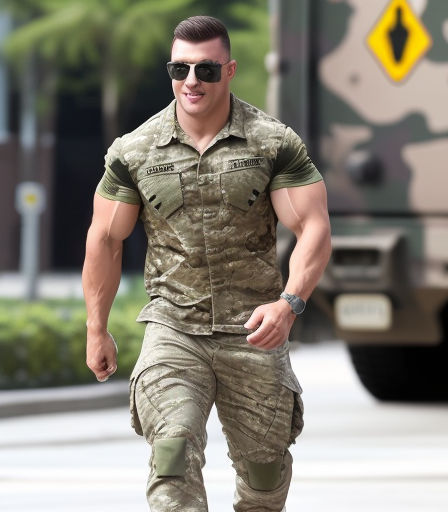

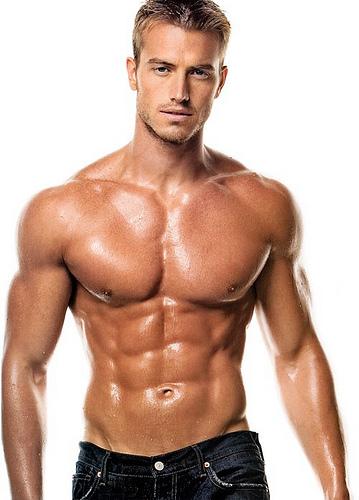


Socially acceptable activities for men and women
What is Femininity
Femininity is mainly associated with women and girls. and there is some evidence that some behaviours considered feminine are influenced by both cultural factors and biological factors. Femininity can be influenced by places, society and family etc.
The term ‘femininity’ has been adapted over time, for example in the 20th century women were expected to be:
Women were often valued for how they looked and not what they did. Looks and behaviours contribute to being feminine like having softer features, long hair and a smaller frame and curves. While these are all stereotypical ideas, women have and continue to move forward in the world.
These photos show the evolution of what is perceived as femininity and women throughout the last century
1920s

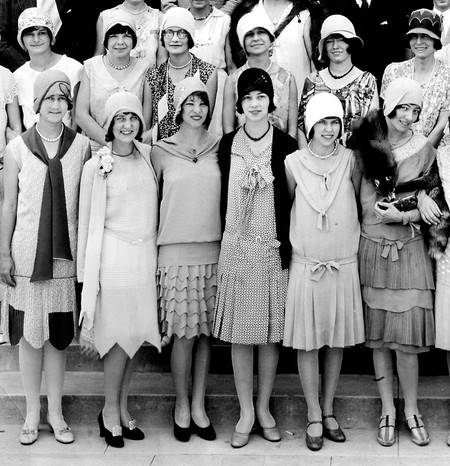
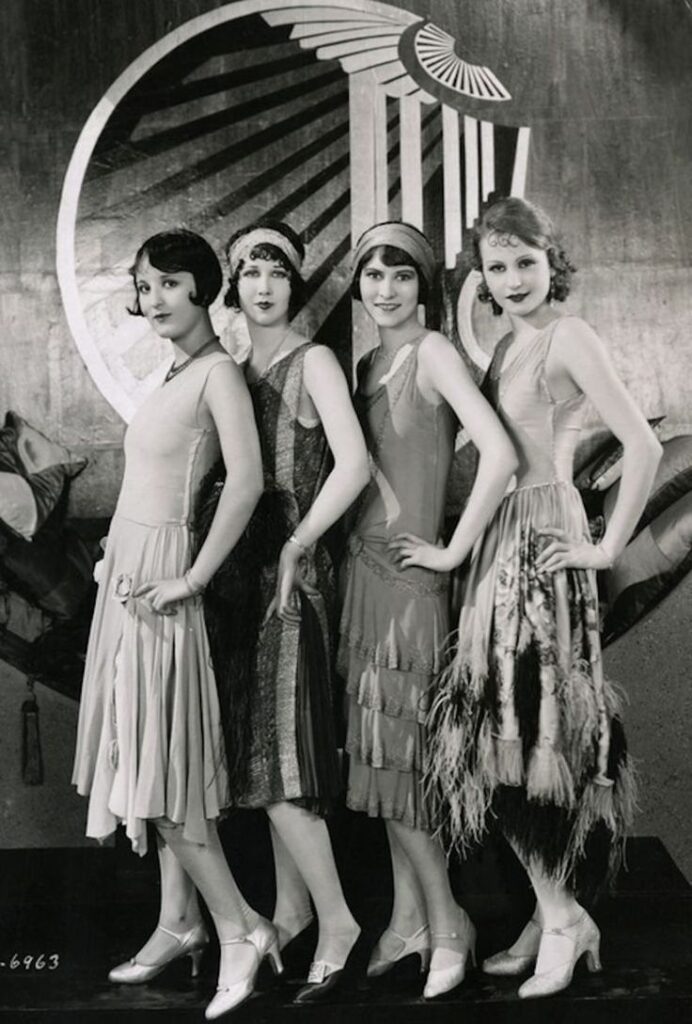
1930s
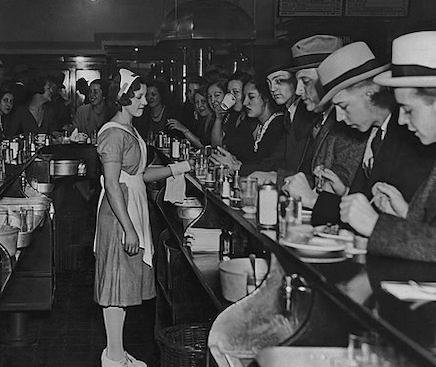
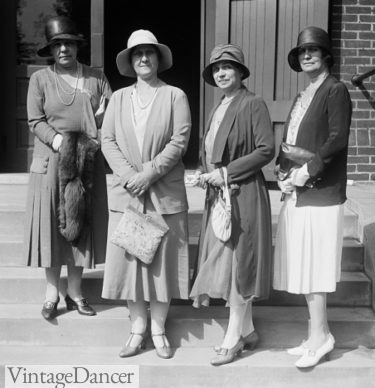
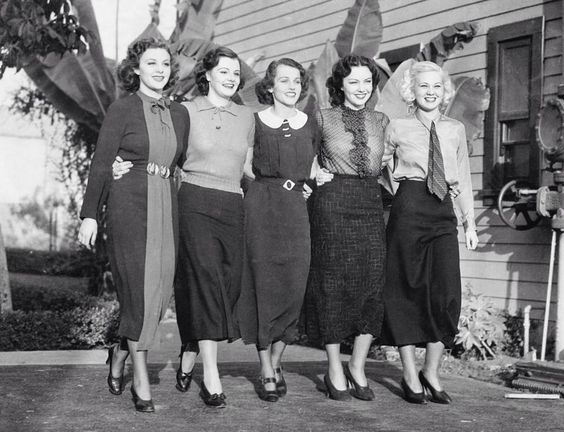
1940s

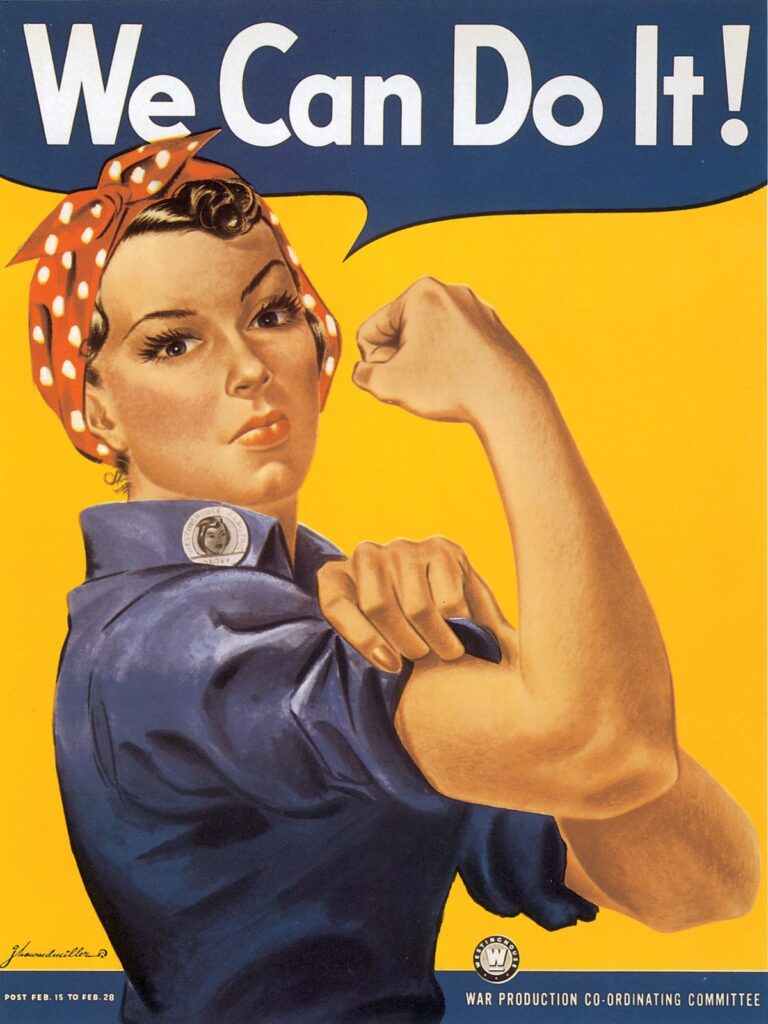
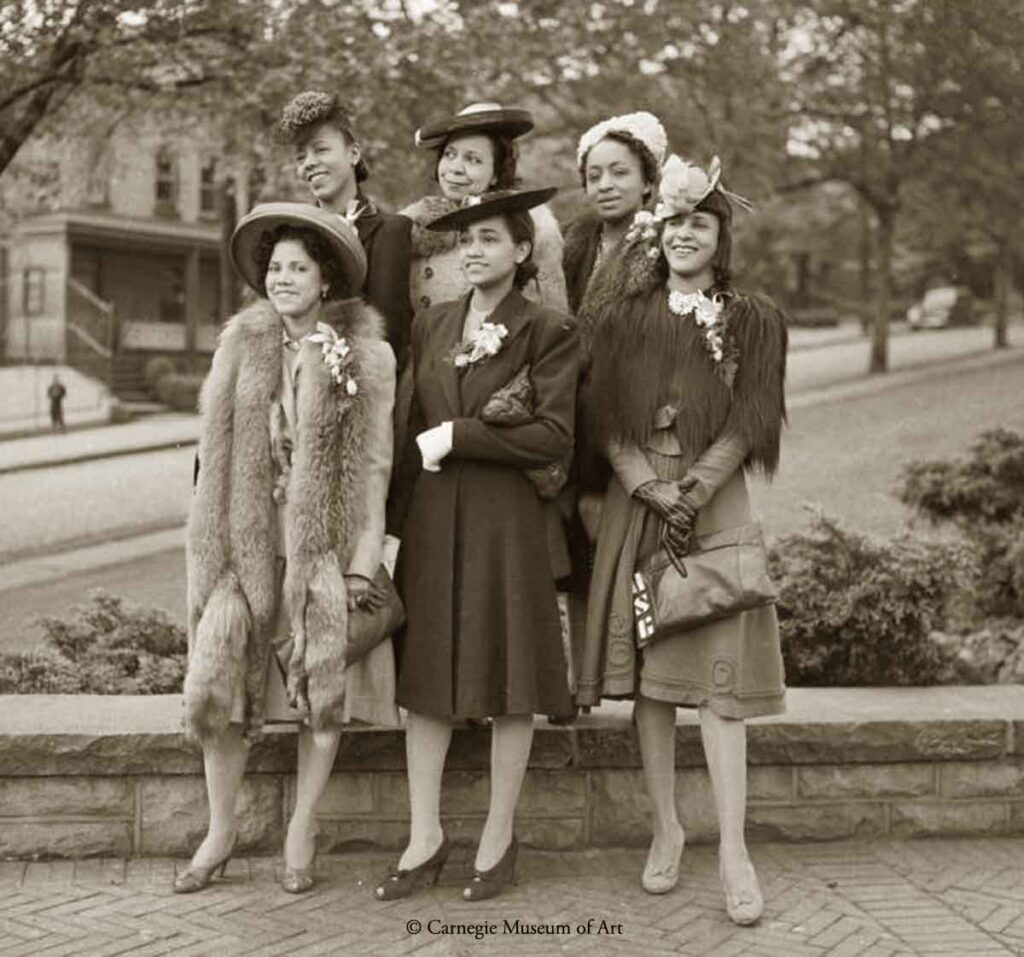
1950s
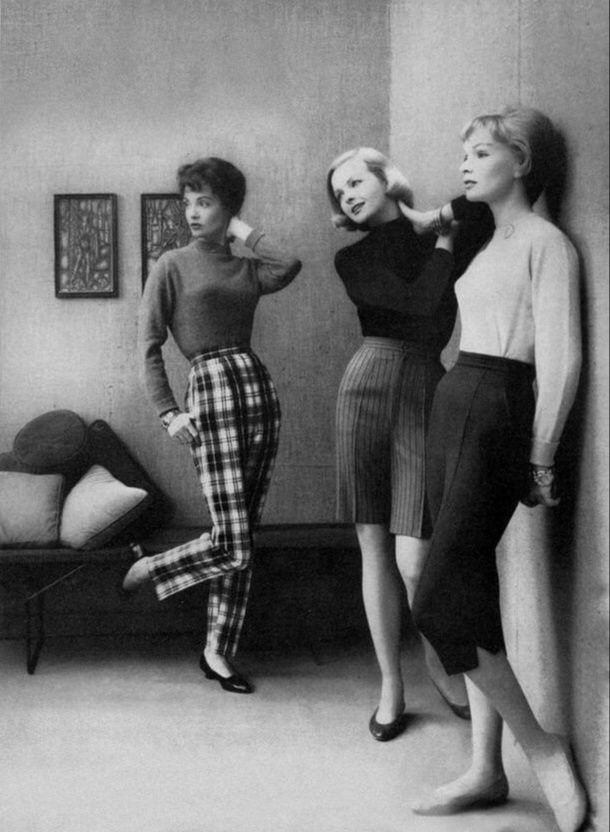
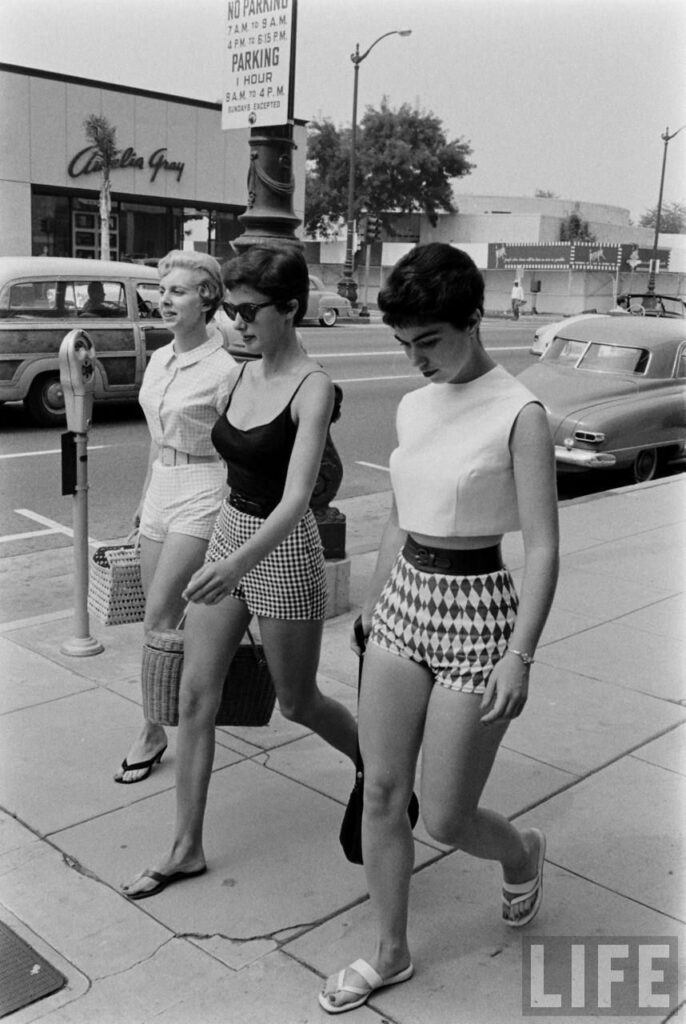

1960s


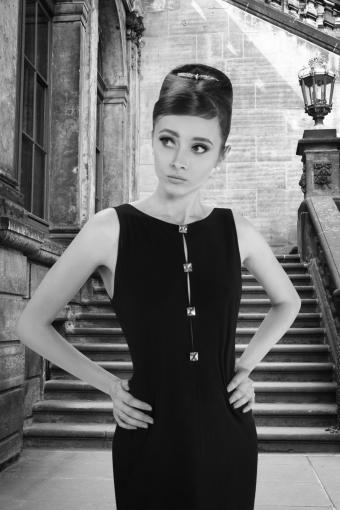
1970s

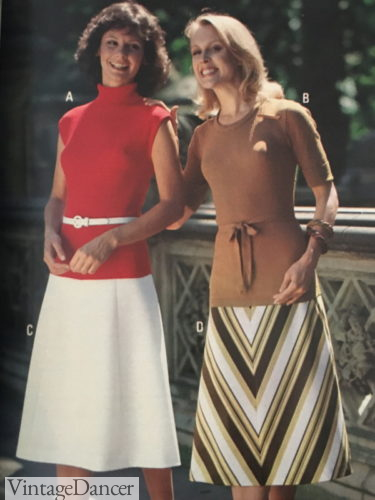
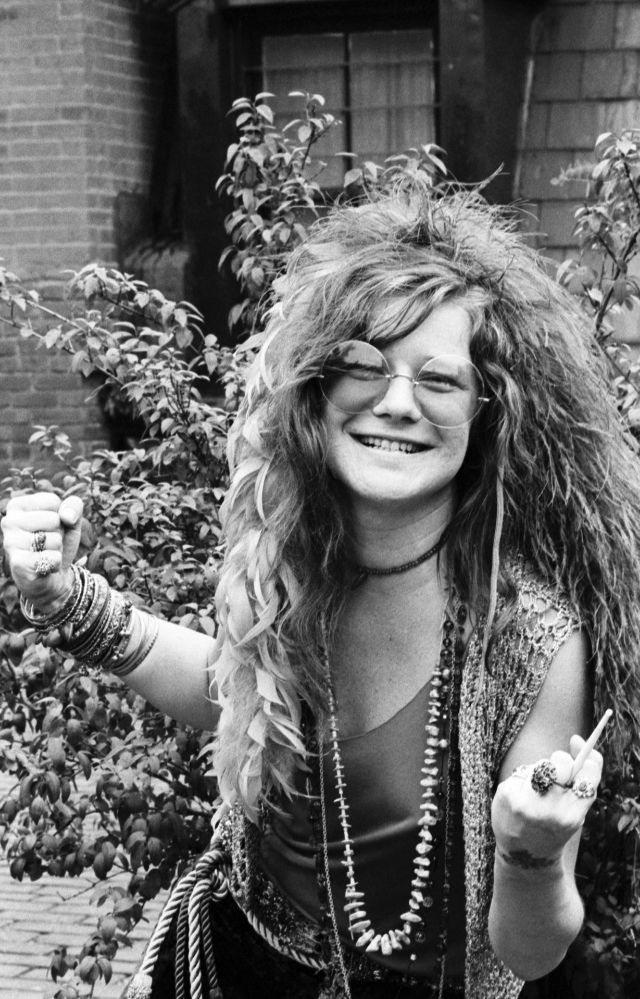
1980s
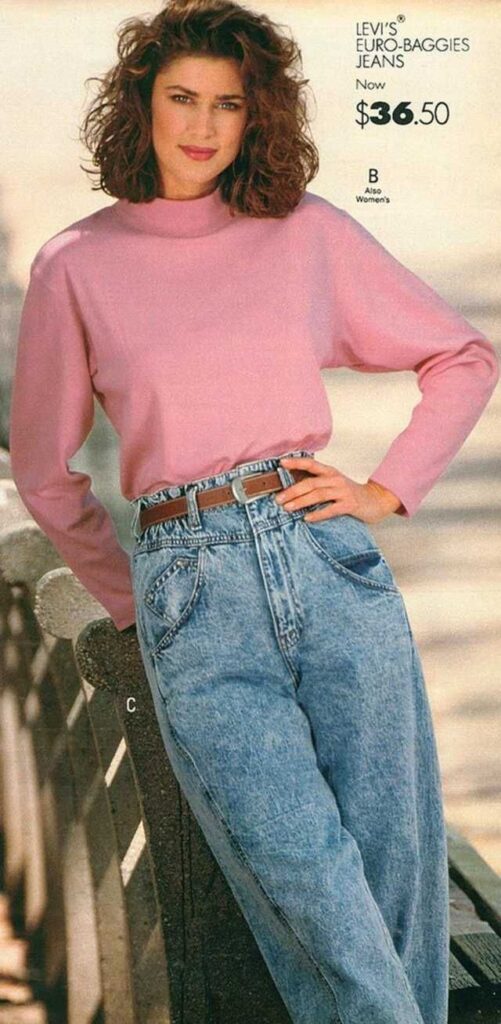
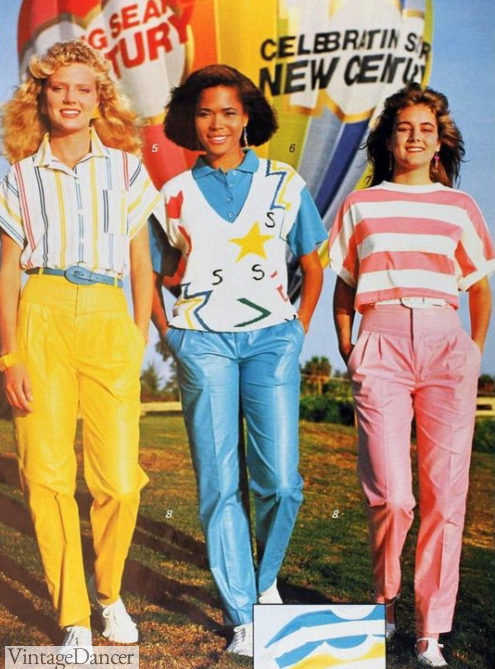
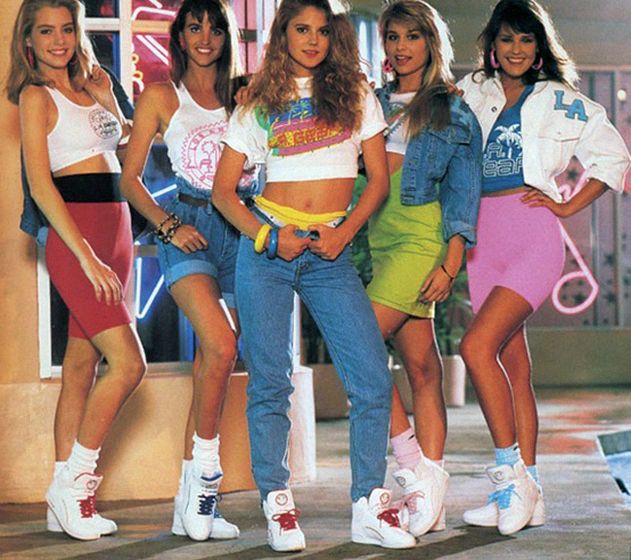
1990s
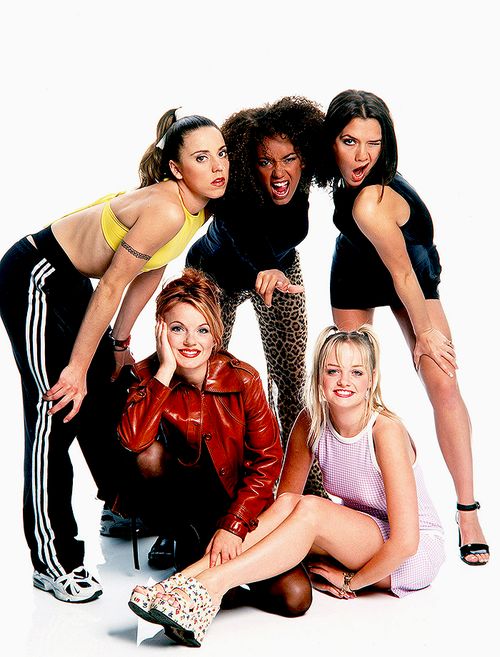

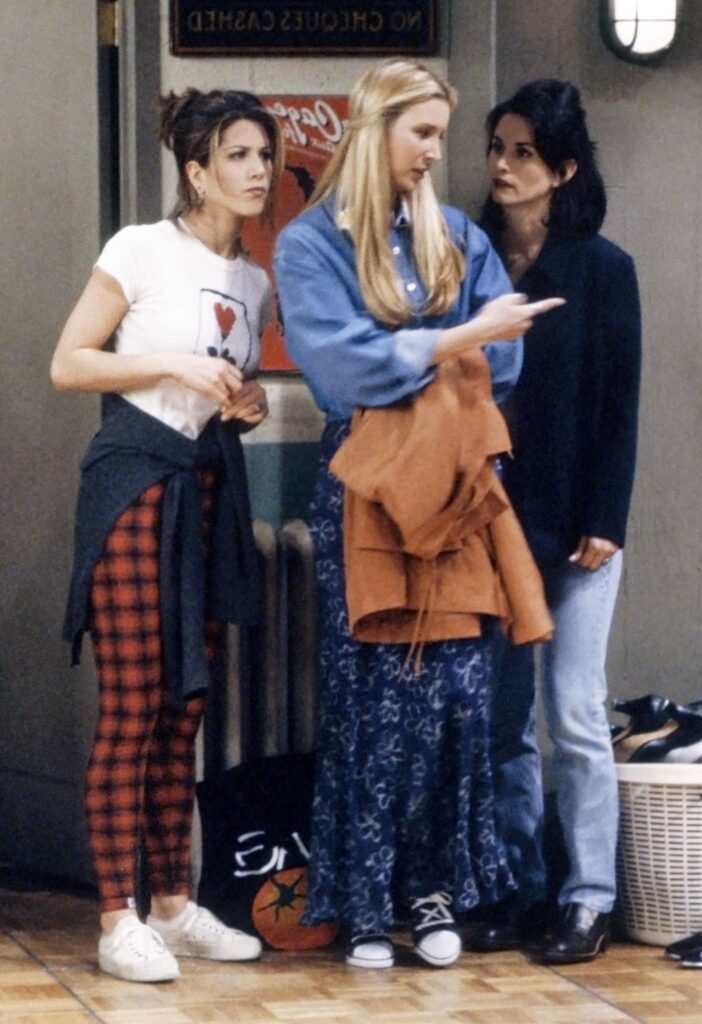
2000
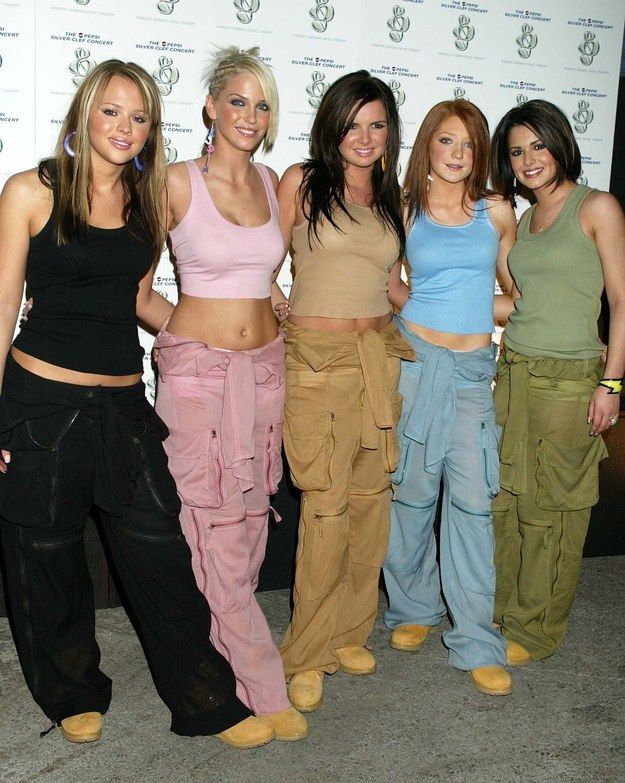
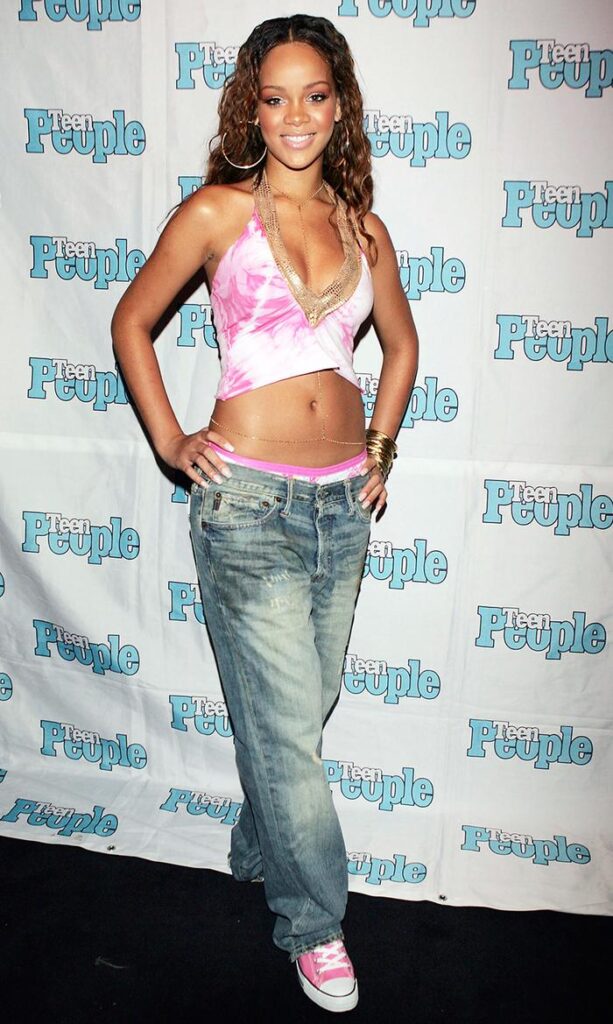
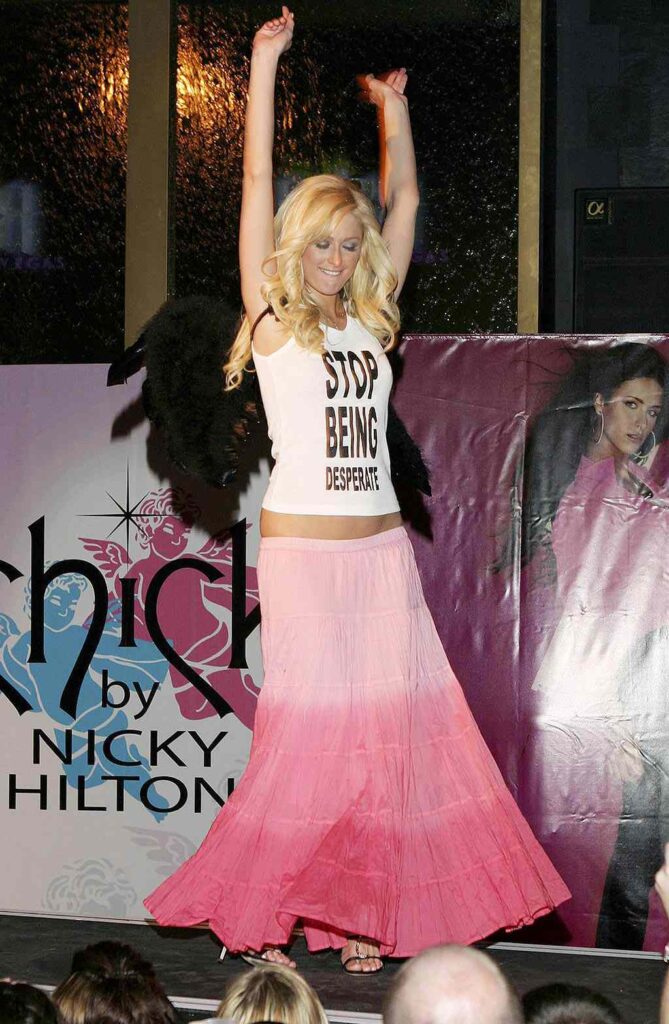
2010
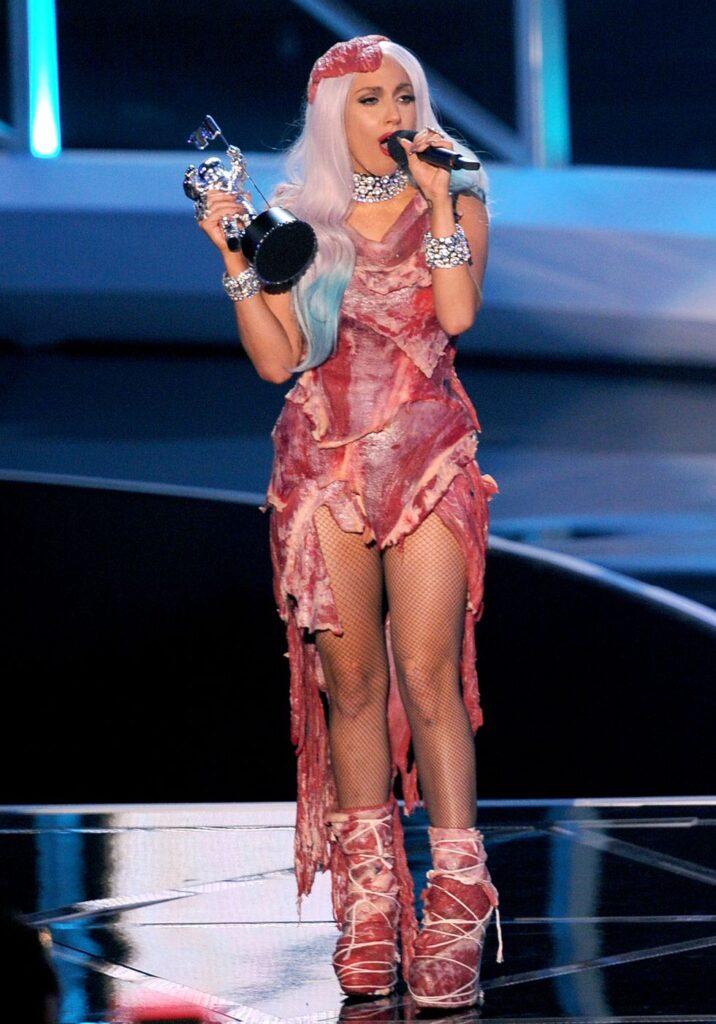
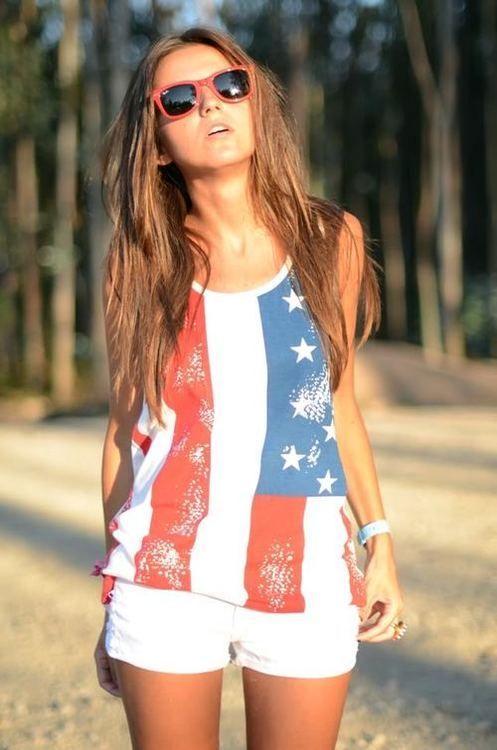
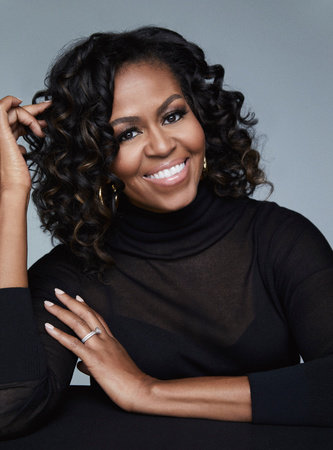
2020
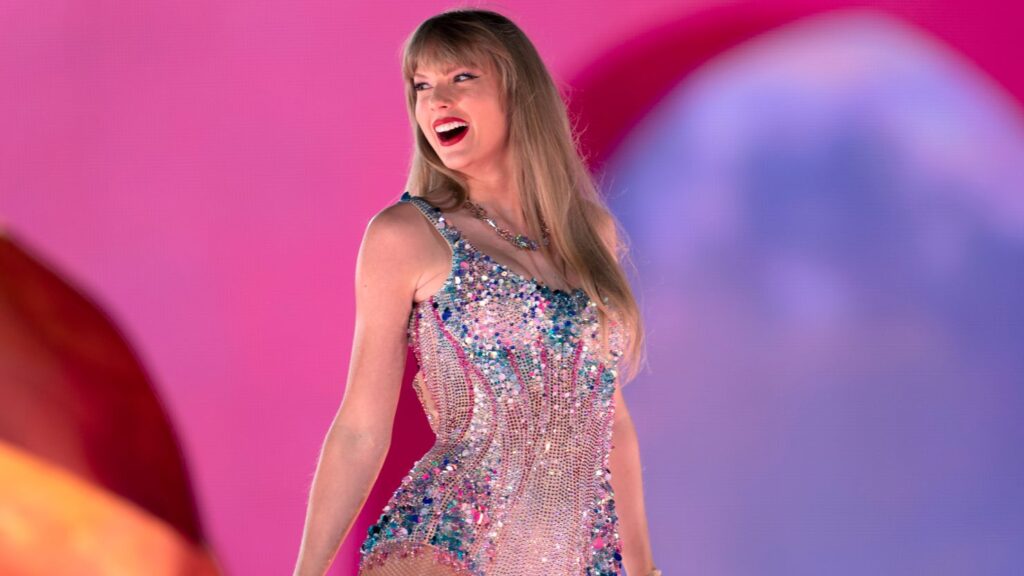
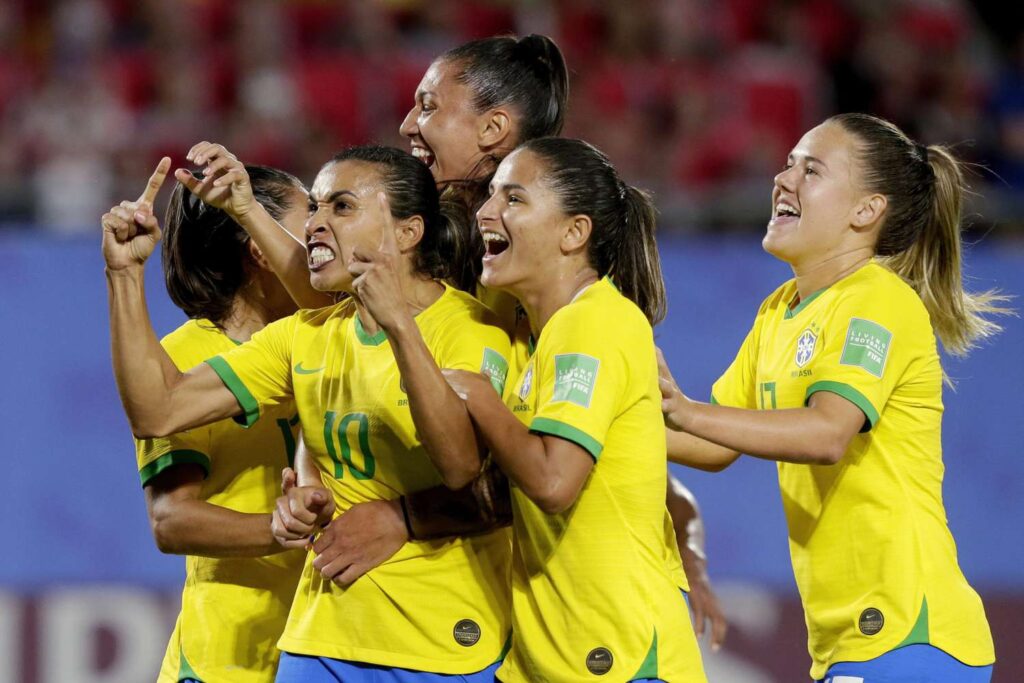
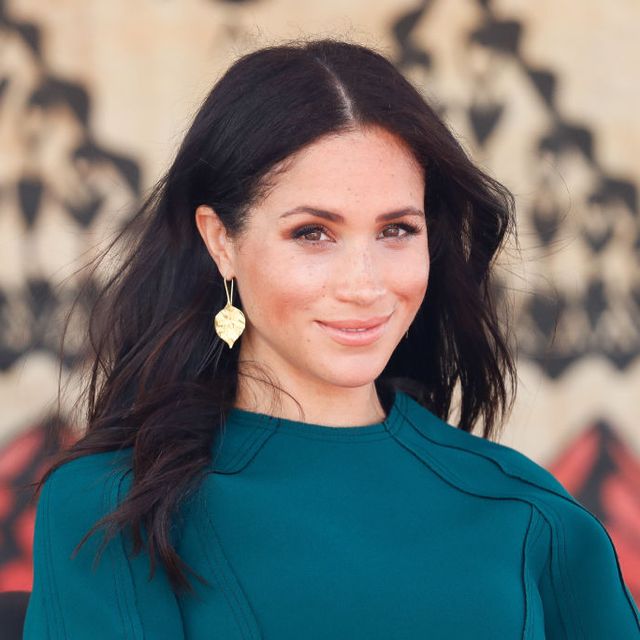
Nowadays, women can be and feel like whatever and whoever they want to be as the world is a much more open place.
This is stereotypically how femininity can be shown but lots of women feel as if they do not fit into the category of being stereotypically “feminine”. This means that women who don’t feel like they fit into being feminine, can be transgender and feel comfortable and more belonging as a male.
What is Masculinity
Masculinity is mainly associated with men and boys. and there is evidence that some behaviours considered masculine are influenced by both cultural factors and biological factors. Masculinity can also be influenced by places, society and family.
Masculinity can be described as:
A patriarchal perspective sees men as rational and normality. In the 20th century men were seen as the “household heads” where they would provide and care for their family and home. The looks and behaviours of a stereotypical male would be wider faces, broader and prominent features and more facial and body hair.
These photos show the evolution of how masculinity is perceived throughout the last century
1920s
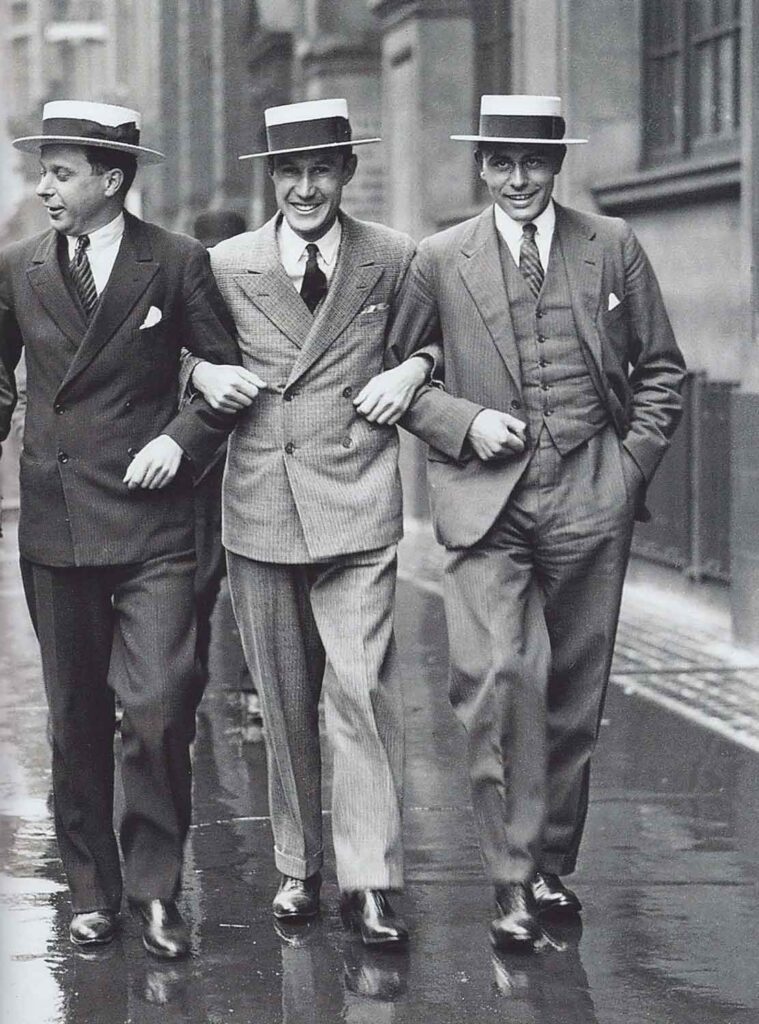


1930s
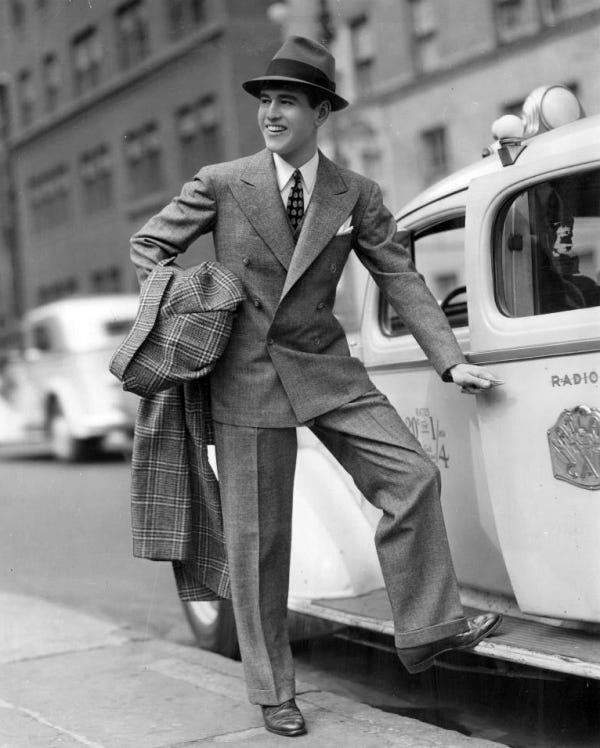

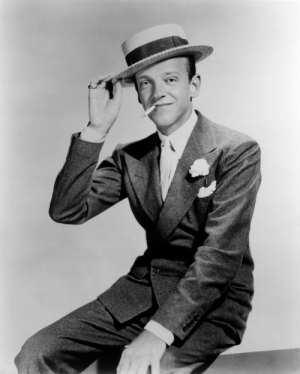
1940s
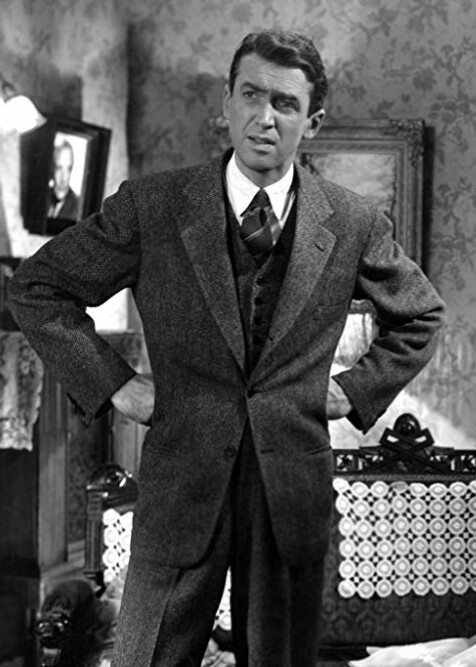
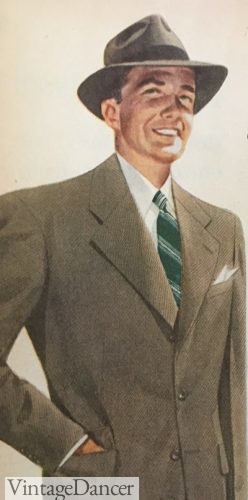
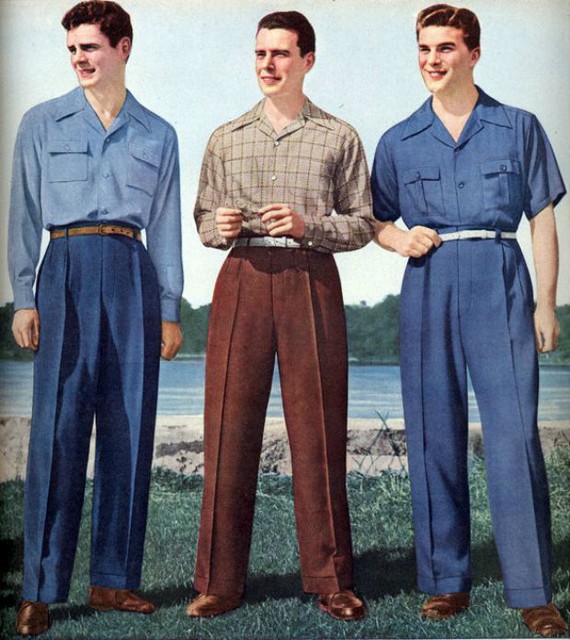
1950s
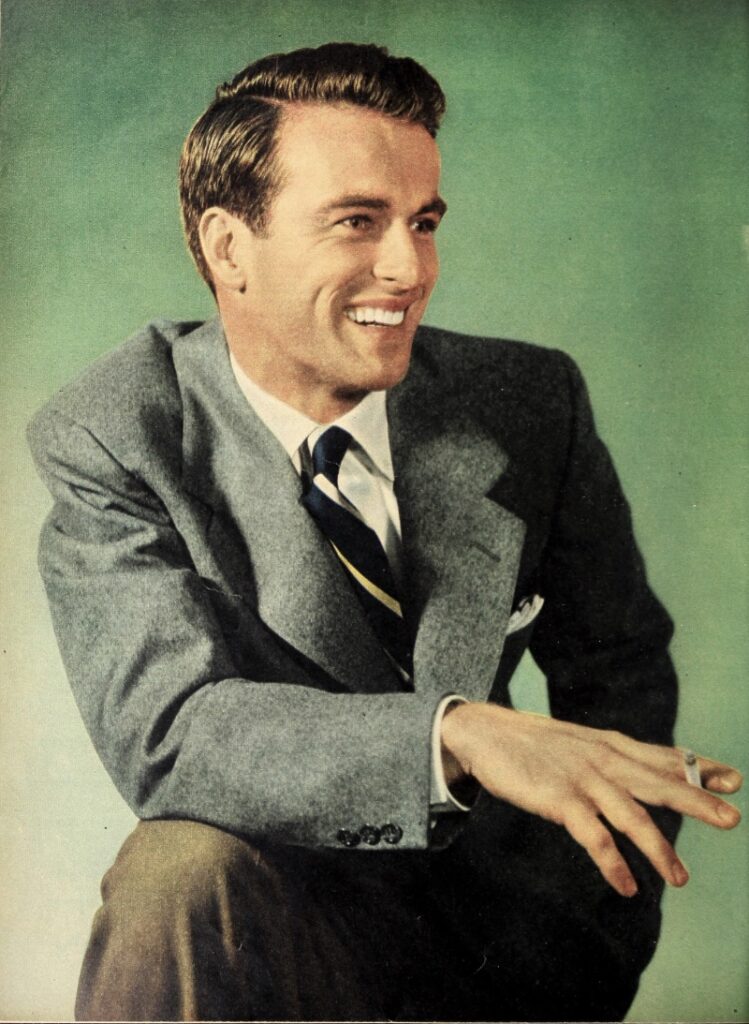
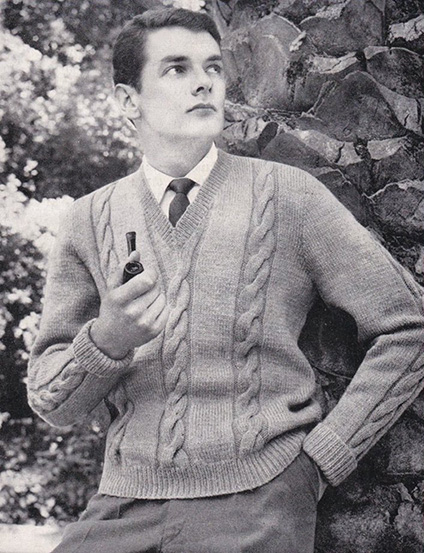

1960s


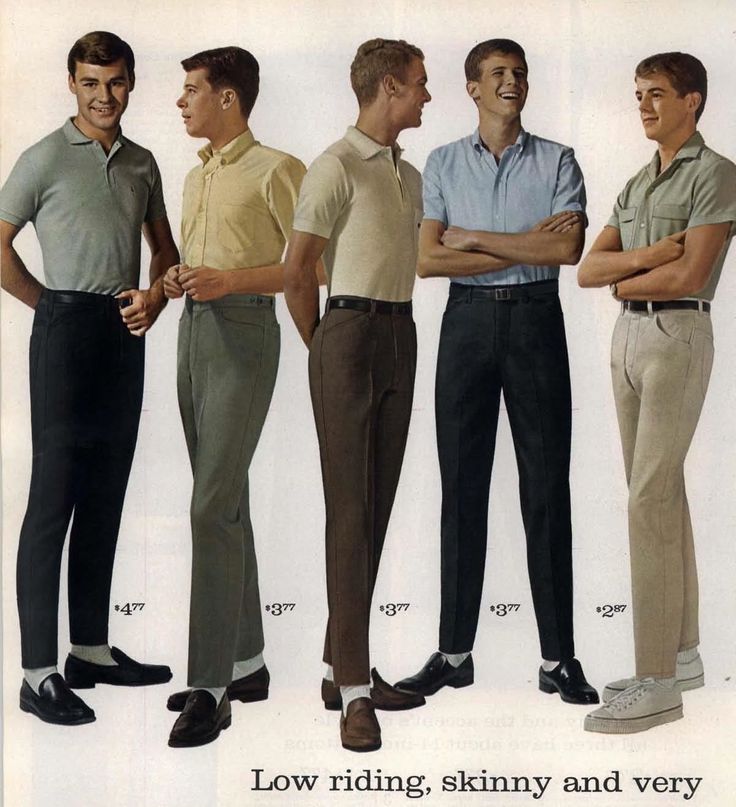
1970s

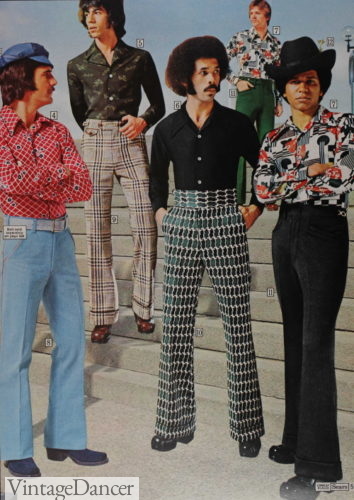
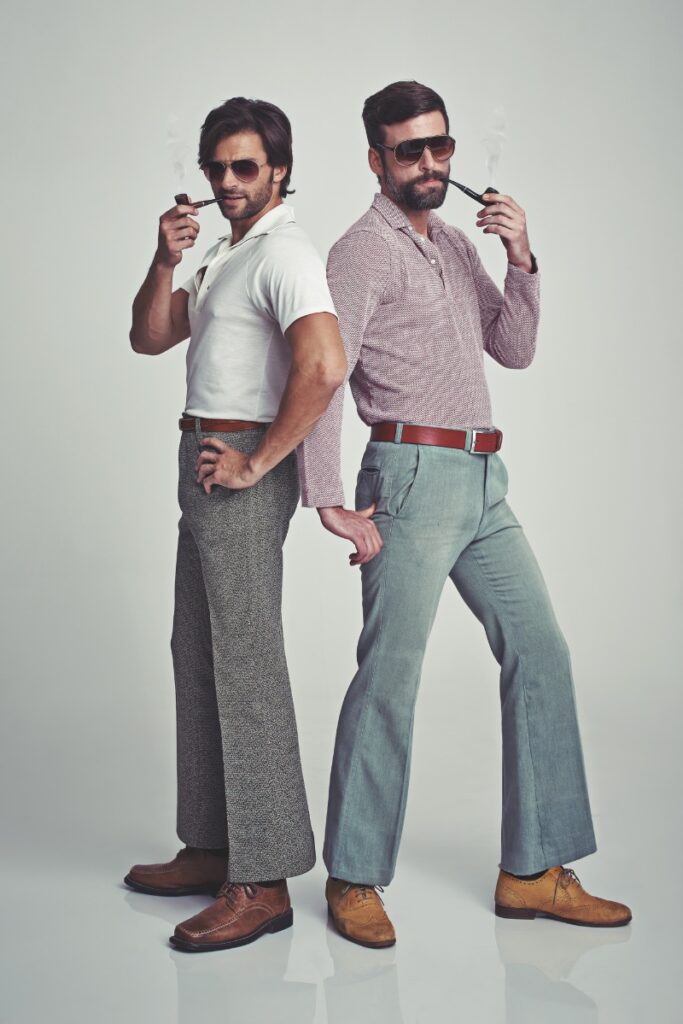
1980s
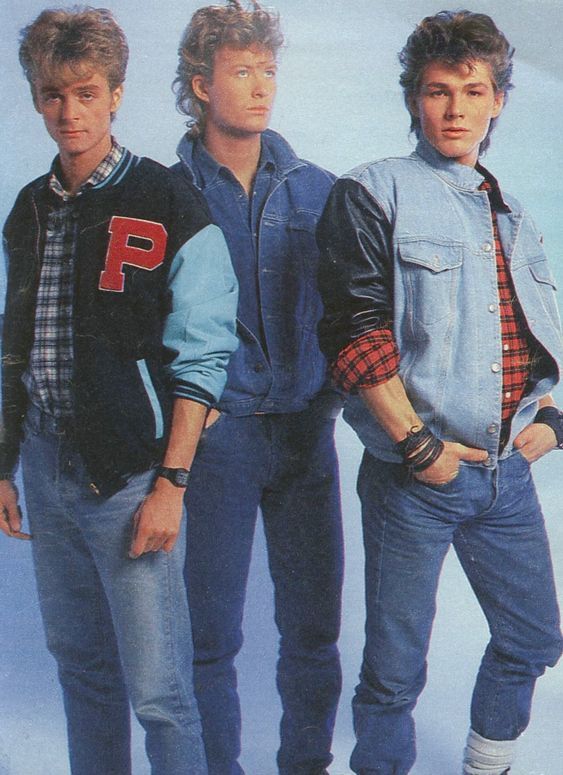
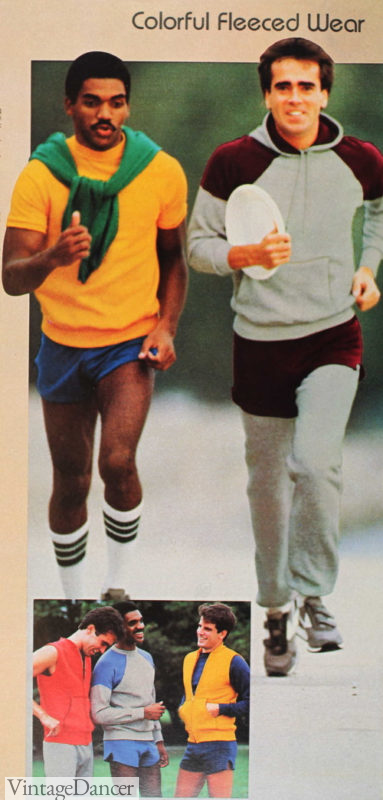
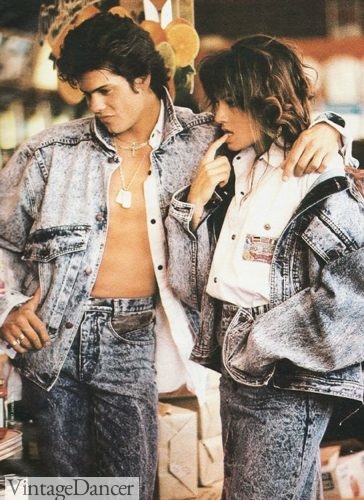
1990s

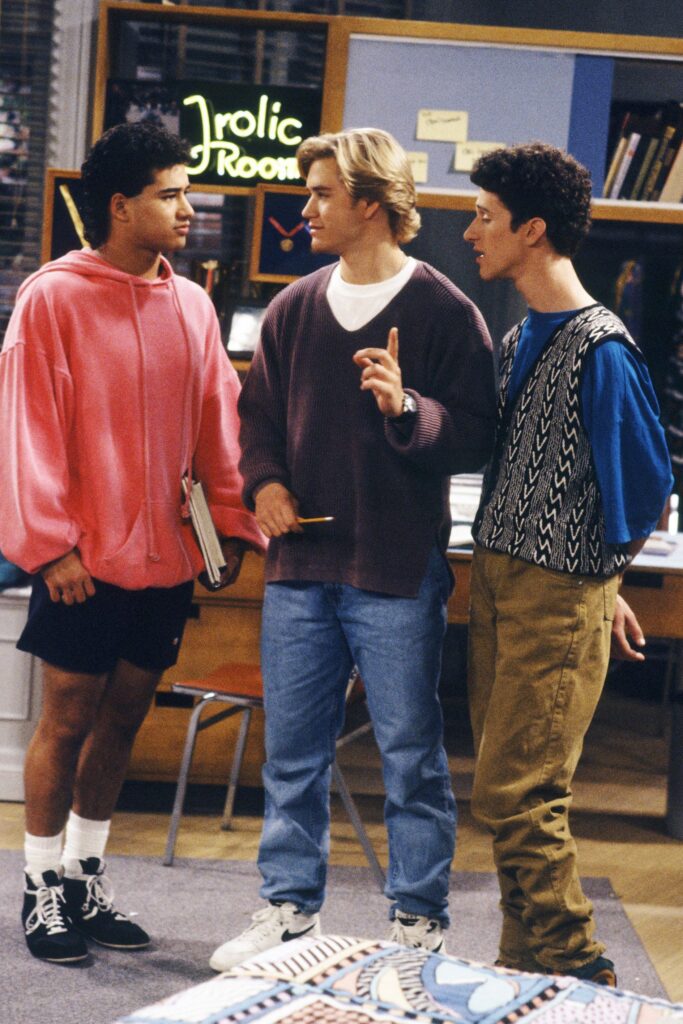
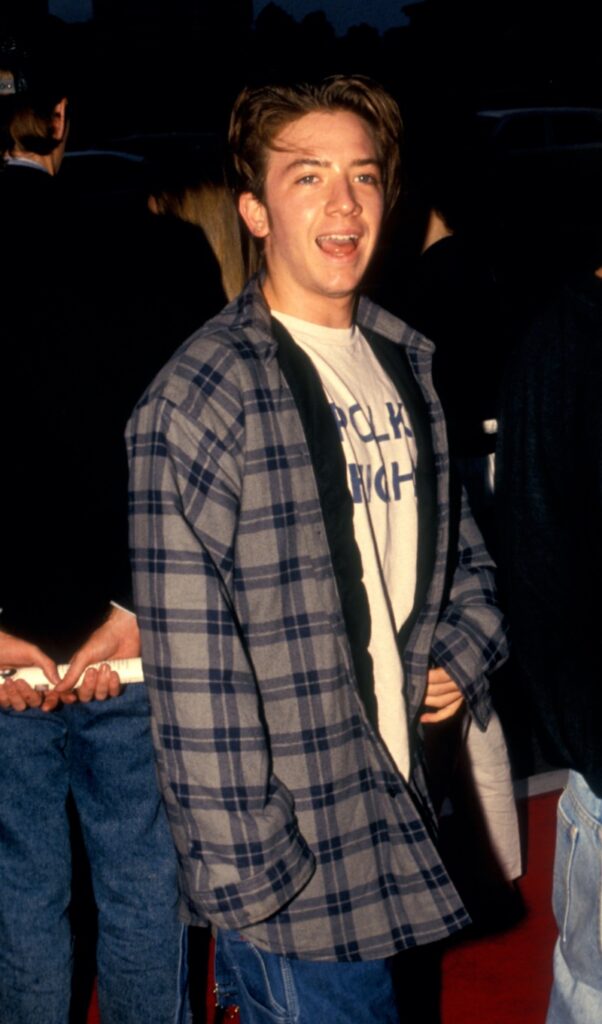
2000s
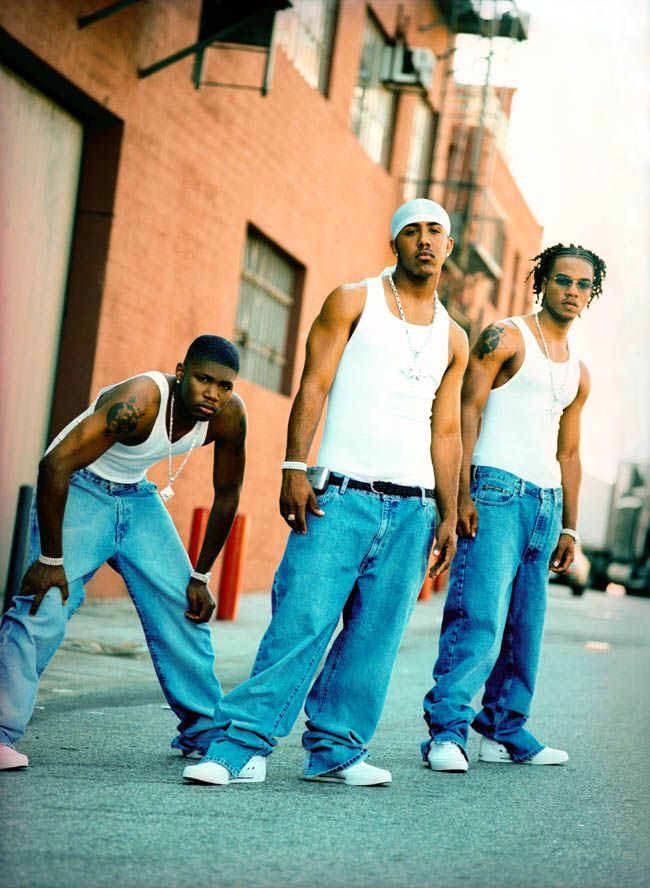
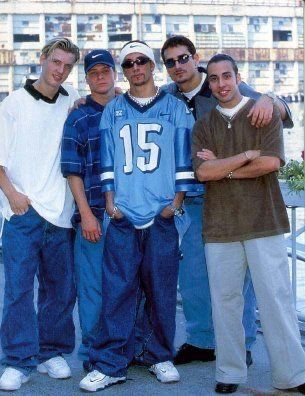
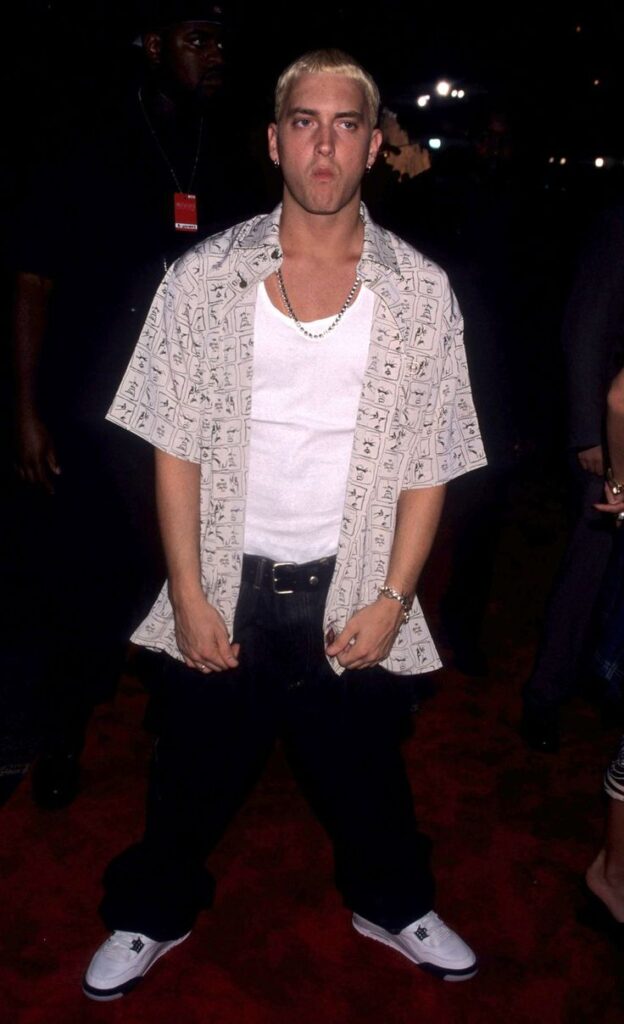
2010s
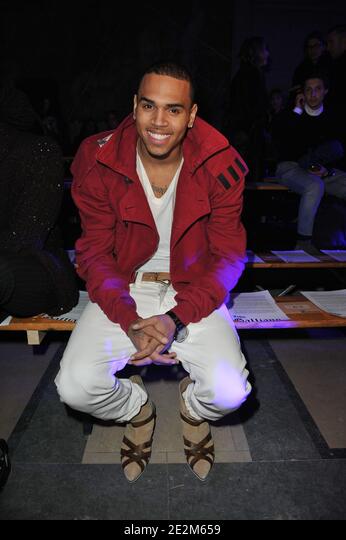
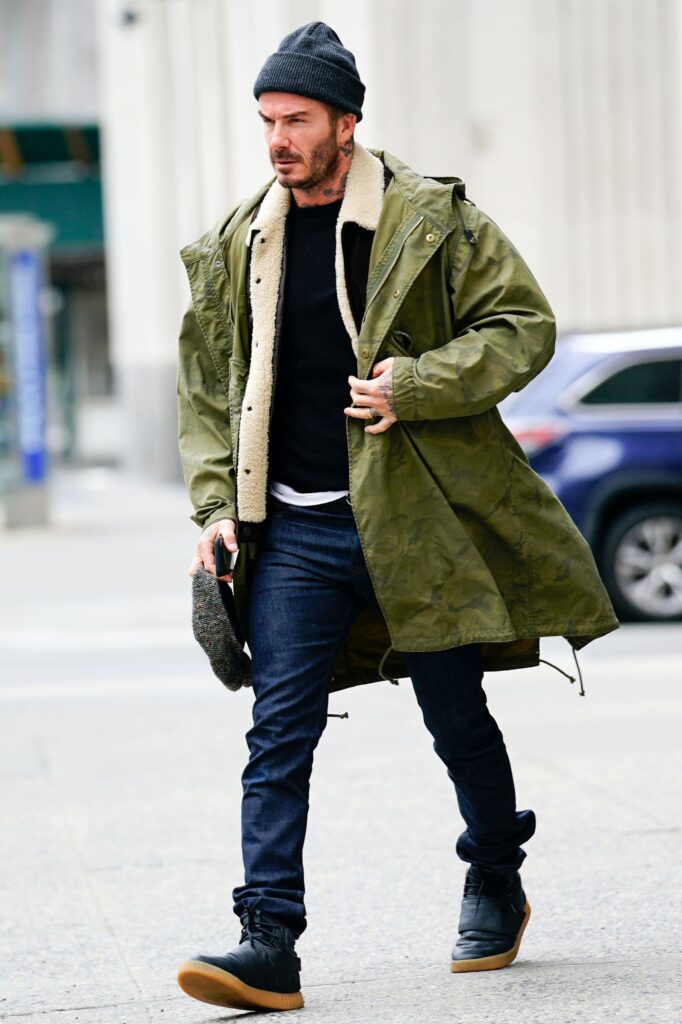

2020s
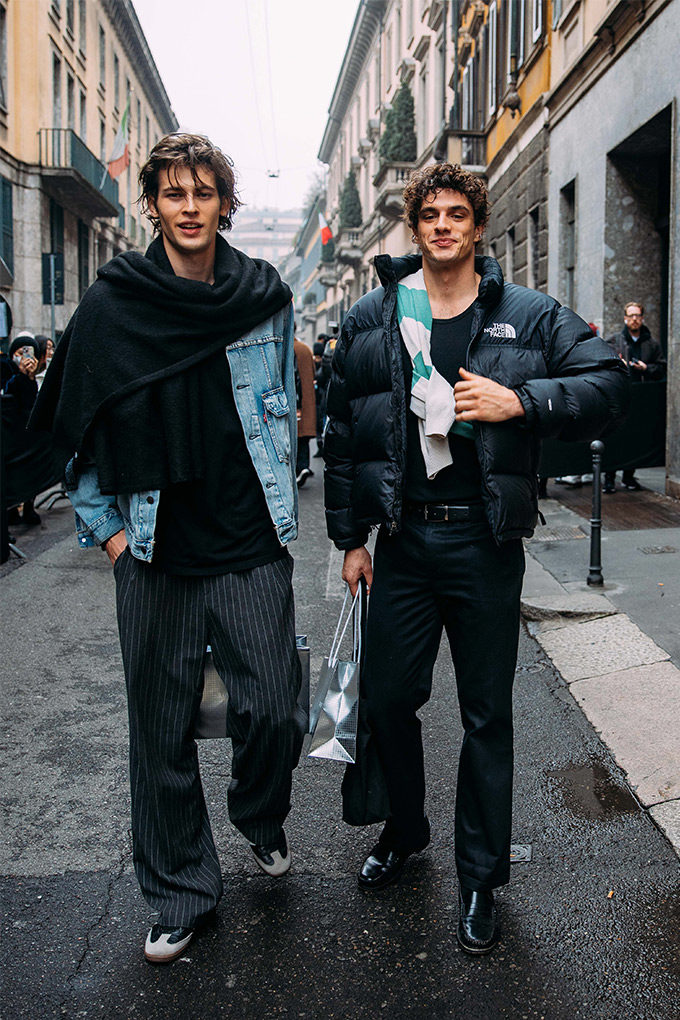
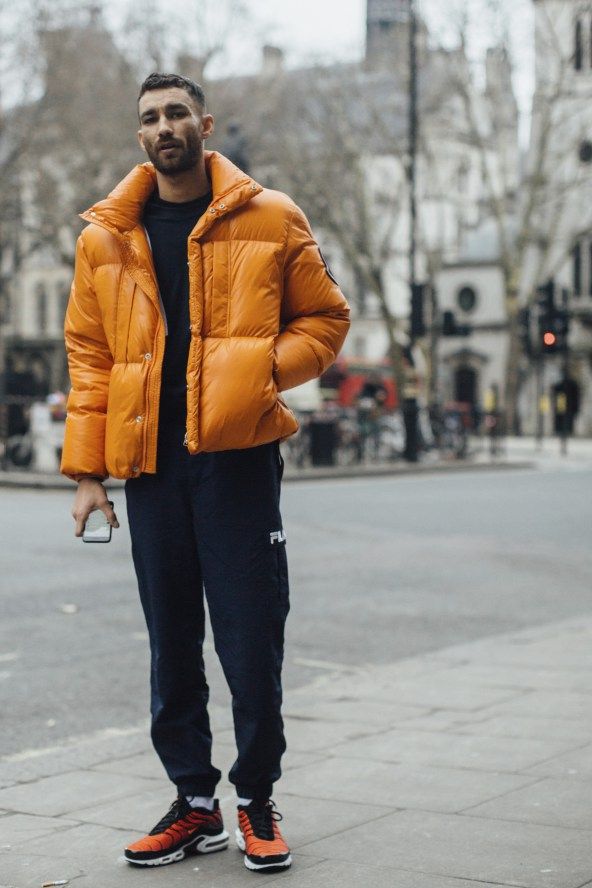
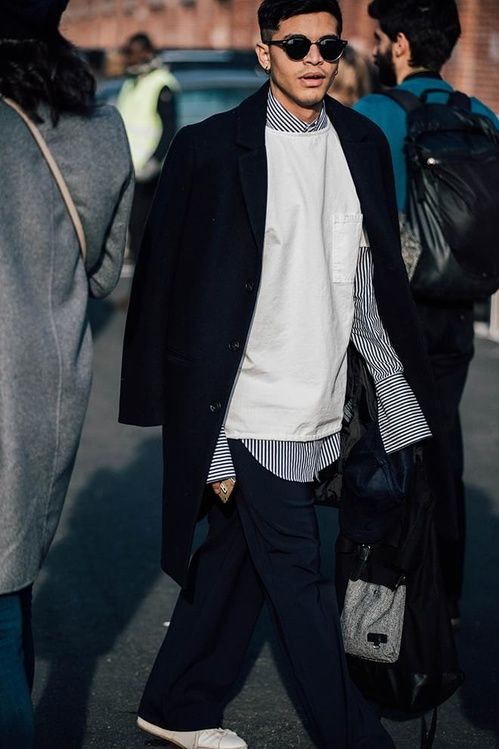
Binary Opposites
A binary opposition is a pair of related terms or concepts that are opposite in meaning. Some examples would be:
Femininity and masculinity are seen as binary opposites, this is because of the theory that “Man” and “woman” have been opposed as binary oppositional terms since patriarchal society was formed.
Gender Identity
Gender identity is your sense of whether you are a man, woman, nonbinary, gender fluid or a combination of one or more of these identities. It’s part of your sense of self. It’s how you understand who you are and how you interact with others.
Femininity
‘Femininity is a set of attributes, behaviors, and roles generally associated with women and girls. Femininity can be understood as socially constructed, and there is also some evidence that some behaviors considered feminine are influenced by both cultural factors and biological factors.’ Some roles include, being ‘nurturing, having empathy, grace and gentleness’ These traits are not tied down to the gender but they are a sort of stereotype, physical appearance doesn’t so much as define femininity but instead its more of a vibe. https://www.paulasimonsphotography.com/divinefemininephotography/

Masculinity
Masculinity is a set of attributes, behaviors, and roles associated with men and boys. Masculinity can be theoretically understood as socially constructed, and there is also evidence that some behaviors considered masculine are influenced by both cultural factors and biological factors. Masculinity is yet again not something defined by looks but more of a feeling that you give across, something that people can sense off you. Masculinity relates to something of strength, power and determination.
What is a healthy masculinity?
Healthy or positive masculinity is the idea that men can be emotionally expressive, have female friends or mentors, and express their emotions without feeling emasculated.

Influences
What is the concept of feminism in geography?
The intent of feminism is to investigate, reveal, challenge, and change gendered divisions in society. These divisions often manifest themselves as spatial divisions with men and women having different patterns of spatial activity, behaviour, and experiences of place.
Is masculinity the same everywhere?
Masculinities vary by social class as well. Studies suggest working class constructions of masculinity to be more normative than are those from middle class men and boys.Gender stereotype theory suggests that men are generally perceived as more masculine than women, whereas women are generally perceived as more feminine than men. Several scales have been developed to measure fundamental aspects of gender stereotypes (e.g., agency and communion, competence and warmth, or instrumentality and expressivity)

Masculine vs Feminine poses
Portrait photographers have a lot of things to untangle when posing someone: their masculinity, femininity, or non-binary / genderfluid identity; their own perception of their gender in their industry or profession; society’s perception of their gender in their industry or profession; historical imagery of their gender and if it would be right to keep with that trend or break from it; and how lines, curves, shapes, and color are perceived in the art world with two dimensional imagery.
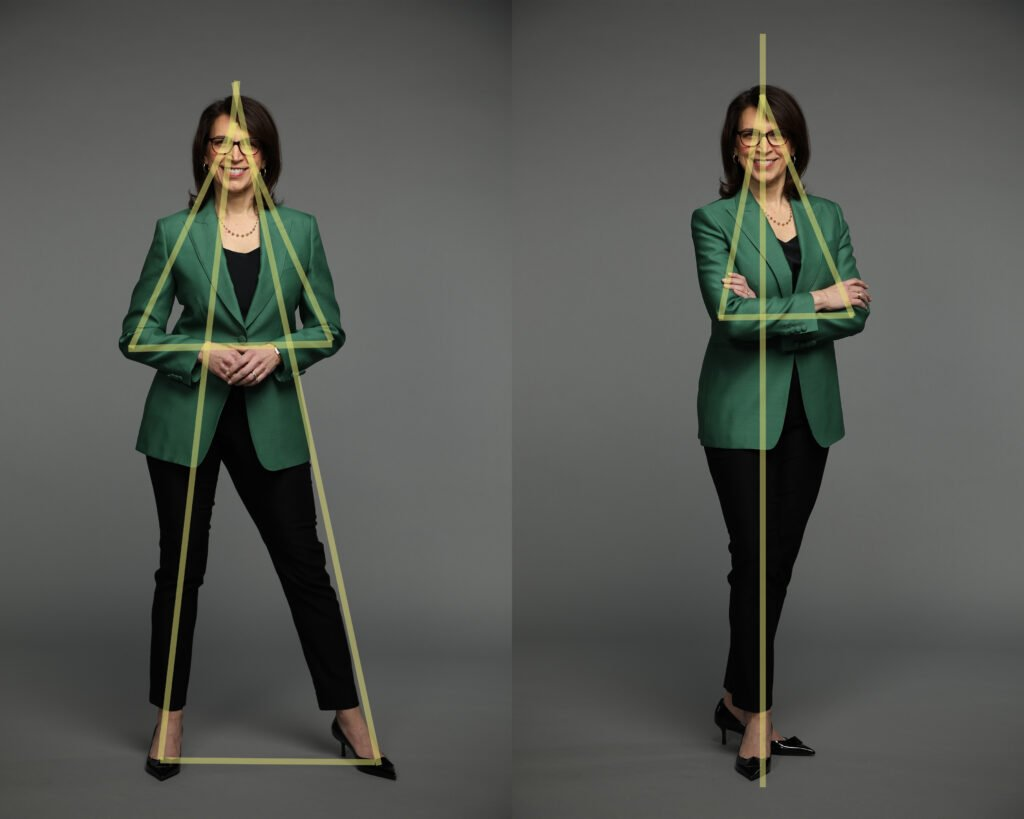
Here’s an example. In photography and film geometry, triangles traditionally represent masculinity, strength, and stability; as do vertical lines, which are considered “aggressive” in photography, vs. horizontal lines which are considered calming and used for static, non-threatening images. So here’s a strong, professional woman posed in two ways which use those shapes:
But what about arms crossed? In body language science, arms crossed over your chest can mean defensiveness, anxiety, being closed off or distant, right? Sometimes. In person, crossing your arms can seem defensive and small, but it also depends on the facial expression and other cues your body is giving (if you’re hunched over and your eyebrows are lifted, for example), but it can also mean aggression if you’re pointing your chin down or smirking and the rest of your body is erect and confident. Or defiance if you’re also a toddler stamping your foot and screaming. It’s all about context. So an arms crossed pose in photography can mean strength when done right, especially in the above example where it creates a photogenic triangle in the image, and a straight line. It starts by conveying masculine aggression in the professional world, and then it’s softened by a confident smile to show openness and friendliness: further assuring that we’re not transmitting a closed off or anxious signal. Like a lot of things in life, posing isn’t binary! There are no “rules,” but rather, “trends,” or conditions that tend to trend in certain ways but always have exceptions and need context to balance them out. Or a better way to put it : Rules are made to be broken.
Many female photographers use it to capture women’s unique beauty. By focusing on the individuality of each subject, these photographers are creating images that challenge traditional beauty standards and celebrate women in all their diversity. Women photographers also use their work to write and highlight the female experience. These photographers create a visual record of women’s struggles, triumphs, and everyday adventures by capturing moments and stories often overlooked.Historically, the world of photography has been dominated by men, and the images we see have often been through the male gaze. Female photographers challenge this narrative by creating images not filtered through the male perspective. These images showcase a range of emotions and experiences, creating a more balanced representation of femininity.
What is the culture war in politics?
In American usage, “culture war” may imply a conflict between those values considered traditionalist or conservative and those considered progressive or liberal. This usage originated in the 1920s when urban and rural American values came into closer conflict.
What is the argument against identity politics?
Many socialists have deeply criticized identity politics for its divisive nature, claiming that it forms identities that can undermine the class struggle as a whole.
Eight major social identities are:
ability, age, ethnicity, gender, race, religion, sexual orientation and socioeconomic status.
Political identity is a form of social identity marking membership of certain groups that share a common struggle for a certain form of power. This can include identification with a political party, but also positions on specific political issues, nationalism etc.

Positive aspect
Specifically, social identify can enrich and make people stronger and healthier because it provides them with self-esteem, a sense of belonging, existential sense and a feeling of control.
What are the examples of political identities?
This can include identification with a political party, but also positions on specific political issues, nationalism, inter-ethnic relations or more abstract ideological themes. Political identities develop in individuals and evolve over time.
How does your identity impact your perspective?
Key facets of identity (like gender, social class, age, sexual orientation, race and ethnicity, religion, age and disability) play significant roles in determining how we understand and experience the world, as well as shaping the types of opportunities and challenges we face.
Tribalism
A tribe is defined as a social division in a traditional society consisting of families or communities linked by social, economic, religious, or blood ties, with a common culture and dialect, typically having a recognised leader. When we hear the word tribe, we may think of Native Americans, but in modern usage the term can also refer to people who share common ideas and allegiances. Tribalism is defined as behaviour and attitudes that stem from strong loyalty to one’s own tribe or social group. Tribalism has societal and individual benefits as well as costs.

Tribalism can have very negative consequences when it is used to exclude individuals or groups or to take away their rights, status, and independence. They promote fear, anxiety, and prejudice, all of which make us more aware of fake news, propaganda, and conflict.
What are the dangers of tribalism?
These negative aspects of tribalism are often fueled by competition and the perception of a common threat. They promote fear, anxiety, and prejudice, all of which make us more susceptible to fake news, propaganda, and conflict. Tribalism can take many forms in our modern society.
What do progressives believe?
Progressives were interested in establishing a more transparent and accountable government which would work to improve U.S. society. These reformers favoured such policies as civil service reform, food safety laws, and increased political rights for women and U.S. workers.
What do you mean by liberals?
Liberalism is a political and moral philosophy based on the rights of the individual, liberty, consent of the governed, political equality, right to private property and equality before the law.

